Australia’s Best Nebbiolo
With both maturing vines and a depth of winemaking knowledge on how to handle the fruit, we thought it timely to line up as many currently available Australian bottlings of nebbiolo to see how it’s faring across the land.
We gathered every Australian pét-nat that we could find – with no strict rules about disgorging or not, simply that they were wines that finished fermenting in bottle – and set our expert panel of some of the best tasters in the business the task of finding the wines that compelled the most. That means we’re not necessarily looking for some platonic ideal, but rather wines of interest and character regardless of style. All wines were tasted blind, and each panellist named their top six wines.
Our panel: Abby Moret DipWSET, owner Atlas Vinifera; Andrea Infimo DipWSET, Group Beverage Operations Manager Movida; Xavier Vigier DipWSET, Wine Buyer/Advisor/Head Sommelier Mr Claremont Wines; Gilles Lapalus, owner and winemaker Maison Lapalus, Bertrand Bespoke and Maidenii; John Harris, owner and winemaker Mitchell Harris Wines; Hannah Maltby, winemaker Mac Forbes Wines; Angela Strickland, owner Independent Wine Store and co-owner Banksia Wine Room; Tom Kline, wine writer and educator. All wines were tasted blind.
Both Kline and Infimo placed this in their top spot, Maltby in her top three and Moret giving it a top-six berth. “Open and vivacious but also with an impressive degree of complexity,” wrote Infimo. “Meyer Lemon, pith and skin, pomelo …ripe orchard fruit, such as golden delicious. …The mid-weighted palate is dry with an impressive chalkiness and a linear acid profile interwoven with phenolics. …Elegant and well-defined notes of sourdough and puff pastry add a savoury dimension… They attempted to make something more elegant and serious here and succeeded without losing the pét-nat identity. Bravo.” “Lifted aromas of peach skin, spiced pear, apple cider and ginger,” wrote Kline. “There’s a nice burst of bright fruit to the palate, which has a malic and tensile feel, with green apple cider, ginger, pear and subtle peach. A foamy bead brings texture and weight that is cut by vivacious, pithy acidity to a mouth-watering finish. This is balanced, bright and fresh with textural appeal.” “This brings a lot of joy,” declared Maltby. “Bright, exotic florals of frangipani and ylang-ylang, plus a punch of earthy ginger root aromatics are unexpectedly reminiscent of languorous lazy summers in Far North Queensland. The spritz is lively and pleasing, with some good staying power.” “Drinking it feels like a day at the beach,” wrote Moret. “A whirlwind of flavour profiles that seem to draw inspiration from the Australian landscape – bushland and coastal vibes run through the DNA of this bubbly. …The bubbles are consistent and held for the duration of the tasting, while many others did not.”
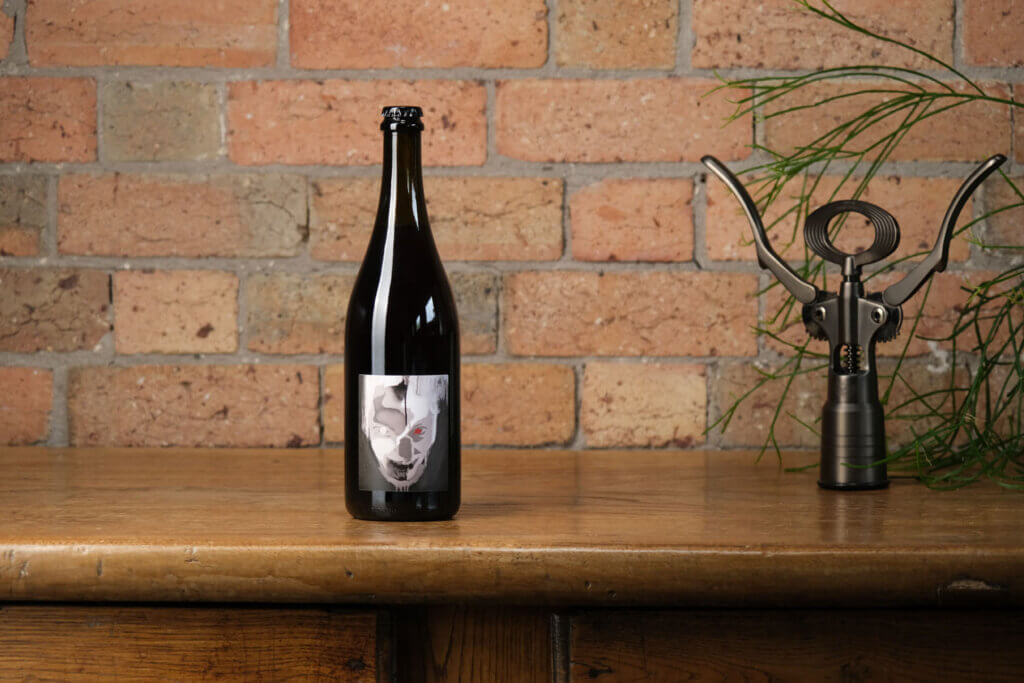
This was Harris and Moret’s wine of the day, and it also featured in Infimo’s top-six selections. “Vibrant, ripe watermelon red,” wrote Harris. “Complex and attractive pinot-like nose. Great balance, freshness and drive. Lovely red-fruited freshness with underlying savoury, earthy mushroom notes that add interest and layers of flavour that keep you coming back for more. A wine with substance and power. Fine, dry and utterly delicious. A seriously well executed pét-nat…” “Black cherries, brambles, olive, touches of boiled lolly from an old-school candy shop on the nose, as well as spice notes reminiscent of sangria,” noted Moret. “A soft mouthfeel with great acid, and some structural tannins that would make a brilliant pairing with anything from lamb to pudding on Christmas day. Steeped red cherries, red licorice, toffee and apple skins give a delicious depth of character that reveals some quality winemaking.” “The nose is very expressive, showcasing very appealing aromas of poached rhubarb, cherry ripe, cherry cola and sweet red spices,” wrote Infimo. “The winemaker has really put that red fruit to good use here. A lovely soft texture on the palate where both glycerol and some residual sugar play their part, carrying effortlessly the sweet red-fruit flavour. This wine was competing for a couple of runner-ups of the same colour but was probably the most balanced and subtly complex. Also… straight off the bat delicious!”
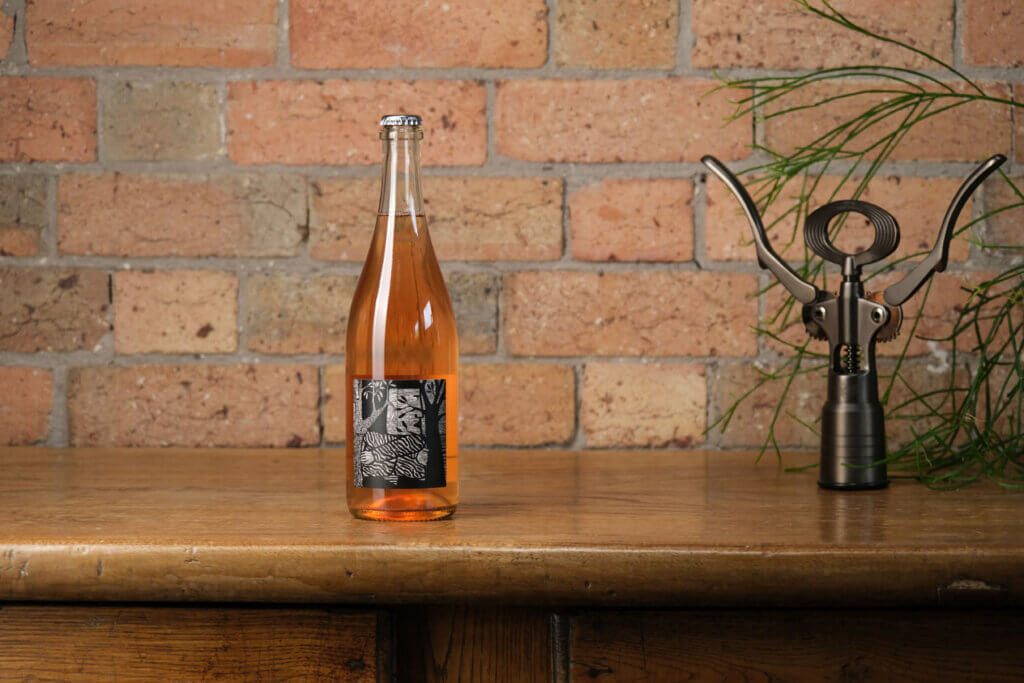
This was Vigier’s second top wine of the tasting, and it also featured highly in Strickland and Maltby’s top-six lists. “An abundance of crunchy red berries … with layers of grapefruit and orange zest on the nose,” wrote Vigier. “The orange notes have taken control of the wine, and I must say, it is incredibly alluring. The palate is lively and irresistibly delicious. I adore the pure acidity, reminiscent of tangy red apple skins. The spices present, such as coriander seeds, juniper berries and white pepper, are like a garden in full bloom. The finish is pure and gentle, elegant yet refreshingly crisp. I absolutely admire the complexity of the fruit profile, ranging from stone fruits to red fruits, to zesty grapefruit. This is an excellent choice for anyone looking for an aperitif style. The quality of the bubbles is also worth noting. Overall, I highly recommend this.” “Lifted aromatic confectionery notes but also a lightly nutty oxidised quality,” noted Strickland. “Fresh and prickly across the palate with citrus and orange-sherbet-like chalky tannins. Playful, light and ticks all the boxes for summer drinking.” “Fresh, bright floral driven with oodles of jasmine, lavender and rosewater dancing in the glass,” wrote Maltby. “Crisp red apple so vibrant you can almost feel the crunch. A hint of pink musk stick sweetens the deal, supported by refreshing citrus that tends towards blood orange and ruby grapefruit. Some contained aldehyde adds appealing weight to the mid-palate, cleansed by beautifully balanced acidity that carries the wine effortlessly to quite a long finish. Clean and uncomplicated with a persistent delicate mousse. Drink out of bone china teacups in an English cottage garden with your favourite Jane Austen novel.”
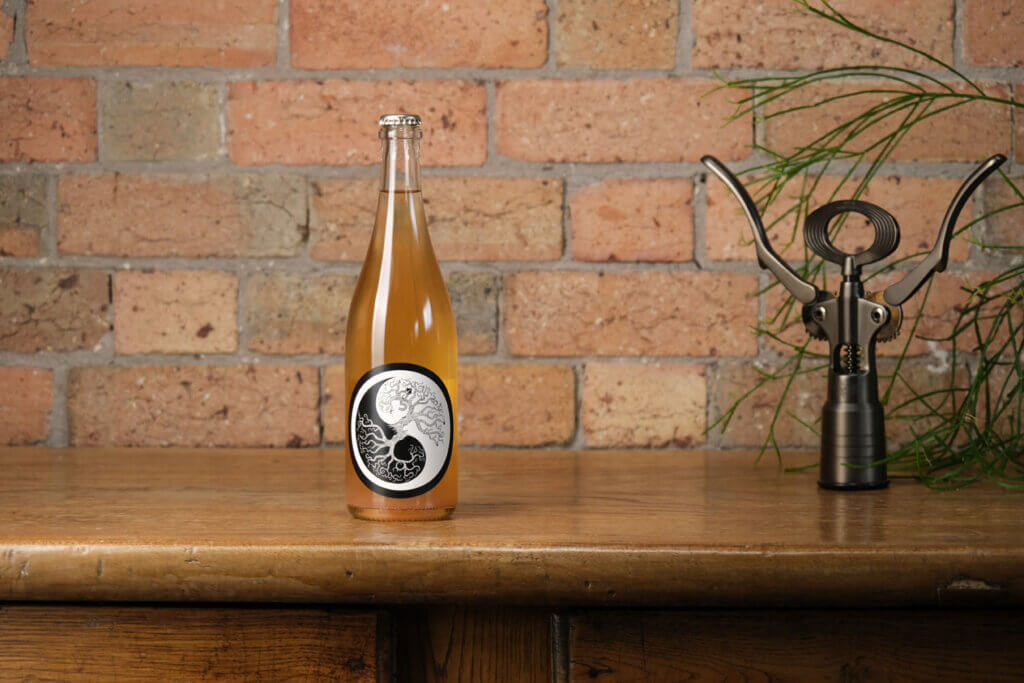
This was Strickland’s top pick, while it came one spot back for Infimo. “This wine is so different to the rest of the line-up,” Strickland wrote. “Incredibly interesting and daring. Certainly not what I’ve come to expect from pét-nat. The nose had both sherry like and saké characteristics. Yeast, toasted sesame oil and umami. The flavour profile of the palate was incredibly unique, keeping my interest at all times. Shiitake mushroom, umami and brown buttered apples. It had a gentle spritz with nice texture and acidity. I can see this in a restaurant setting being paired with meaty fish, mushroom and truffle dishes or a juicy charred steak. This is not a ‘park’ style; it’s for the more curious.” “The nose is quite expressive with elegant, sweet autolytic notes reminiscent of a freshly baked fruit Danish,” noted Infimo. “The fruit aromas are high-toned and perfumed with dominant notes of white peach skin and ruby red pith. There is a mild nuttiness that really enhances the complexity. The palate is very vinous but without losing that energetic fruit profile that we want to see in a good pét-nat. Great intensity of flavour too! One of the most complex and appealing examples.”
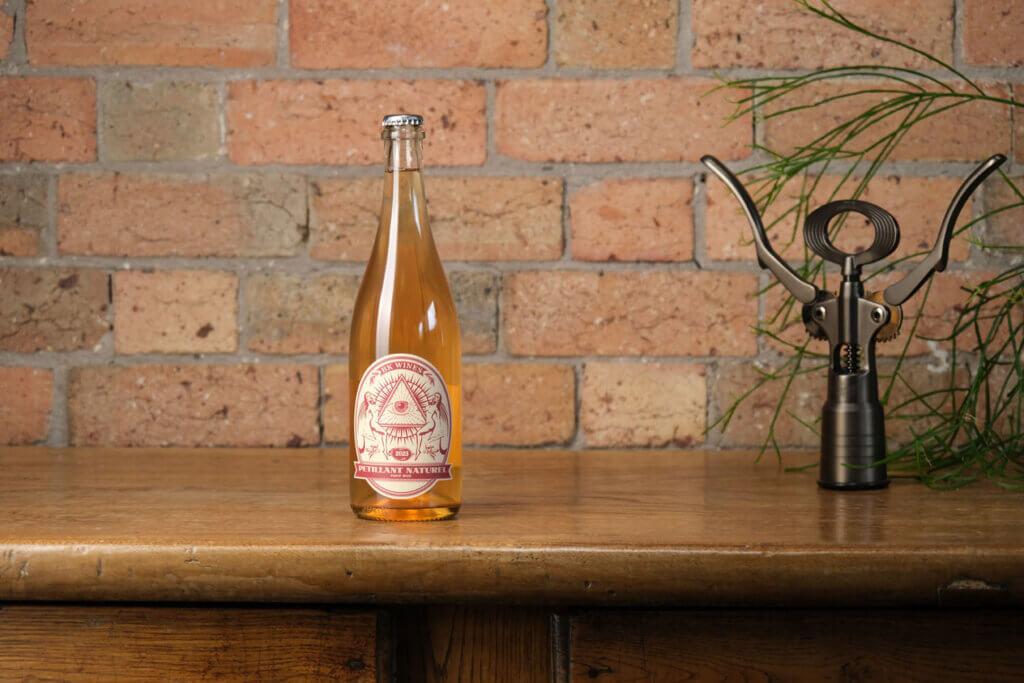
This was Strickland’s second placed wine, rounded out Vigier’s top three and also appeared in Lapalus’ top-six list. “A complex yeasty nose,” wrote Strickland. “Lightly oxidised apple cider-like qualities with a chalky sherbet mouthfeel. It has a fine bead, and a touch of fennel adds interest. The fruit, tannin and acid are well balanced and add enough complexity while the wine remains park friendly.” “I absolutely adore the aroma of this wine,” declared Vigier. “It’s like a symphony of my favourite things. The scent of ripe guava and papaya dance with the sweetness of stone fruits, like nectarines and peaches. But what really excites me is the hint of a warm and indulgent red apple tart, mingling with the spices of the holiday season. It’s as if this wine embodies the flavours of a delicious tarte tatin. As I delve deeper into the glass, a new world opens. The second whiff reveals a more intriguing and profound experience. Alongside the spices, there’s a subtle touch of minerality, reminiscent of the sea and a briny freshness. It’s the perfect balance of complexity, enhanced by the presence of aldehydes. On the palate, the wine is pure and pristine. …Oh, and the finish! It lingers on the palate, leaving a savoury and powerful sensation. It’s a testament to the abundance of fruit flavours that this wine possesses.” “The attack in the mouth is light and creamy with a very fine bubble,” noted Lapalus. “Quite dynamic followed by grapey aromas, showing a low-intervention method, great acid giving a nice tension, delicate and with great length. The final impression is dominated by the high acid level. This is an intense wine, well-made, refreshing with refinement.”
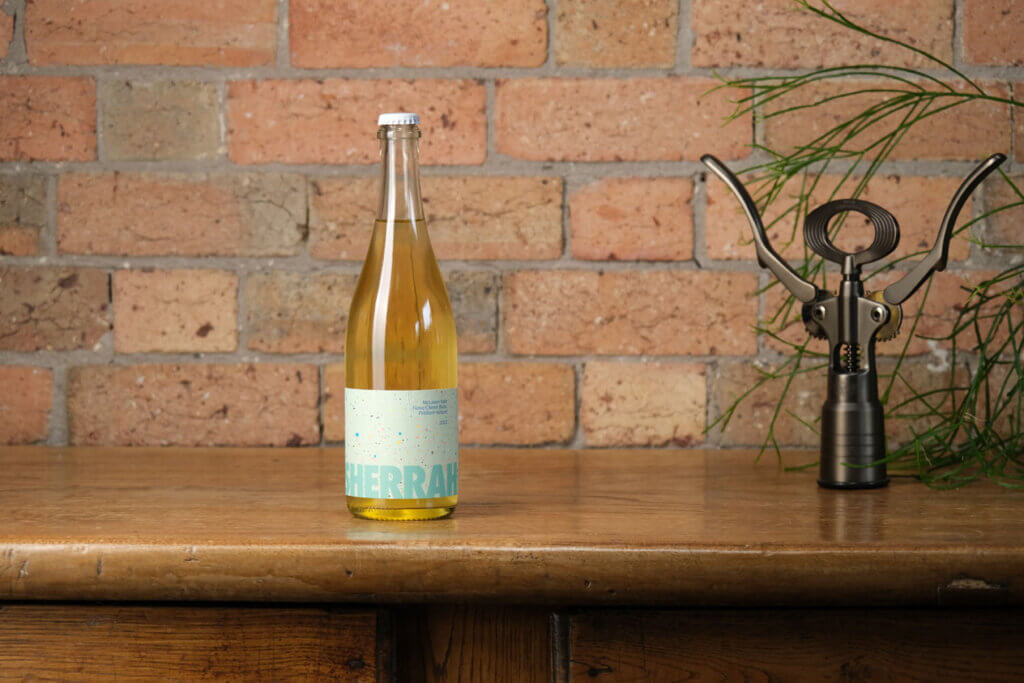
This was Kline’s top pick for the tasting, while it rounded out Infimo’s top three. “High-quality fruit here, which looks like chardonnay,” wrote Kline. “Lifted melon, lime, apple, pear, subtle cinnamon and faint honey with a hit of spice adding complexity. The palate is dry, with good fruit concentration and buoyancy melding with ample weight and texture to wrap around green apple, pear and cinnamon spice. There’s a frame of glossy phenolics and brisk acidity that brings a long, clean finish. This is fresh and bright, though, with no forfeit of complexity and length. Very good.” “A paler example with a green tinge and an immediately charming summery bouquet,” noted Infimo. “On the nose, it’s very engaging, very Mediterranean, with joyous aromas of Amalfi lemon, fennel flowers, fig leaf, greengage and sea spray. It screams sunshine! There is something about it that makes it extremely likeable. The medium-bodied palate has all the elements in place, with a shy but present yeasty character that supports the fruit rather than overpowering, and a pleasant finish with just the right amount of pithy almond bitterness.”
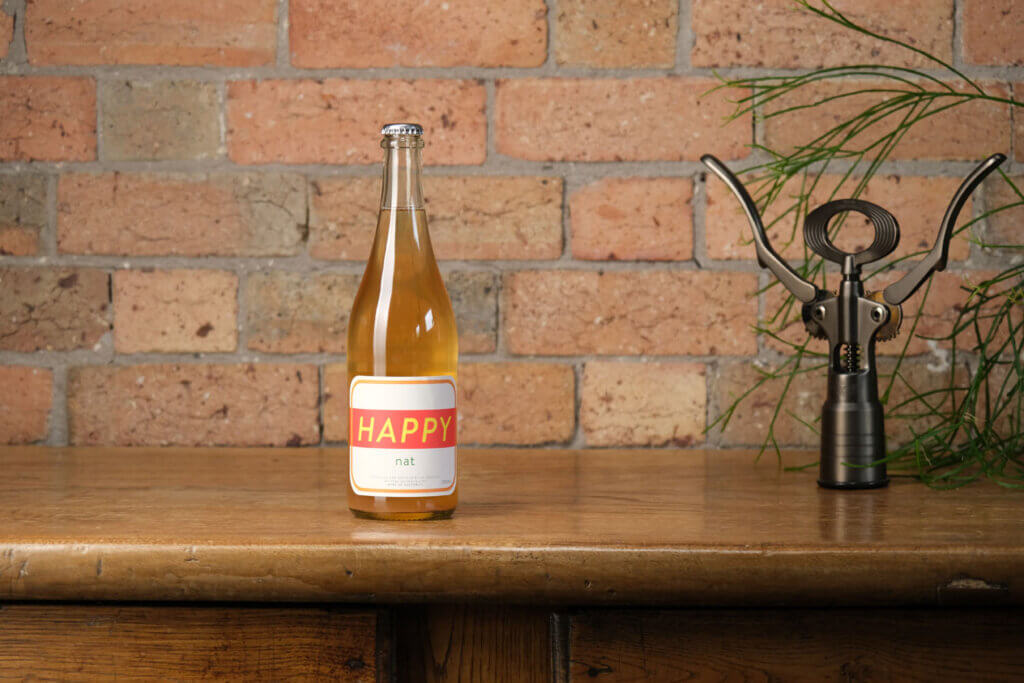
This was Vigier’s wine of the tasting, while it also featured in Harris’s top-six selections. “When I first tasted this wine, it struck me as raw and freshly pressed,” wrote Vigier. “But after today, I’ve come to appreciate this style even more. The aroma of the grapes, still fresh and pressed, gives this wine its originality. The flavour profile leans towards peaches and apricots, creating a delicate yet distinct aromatic experience. This wine showcases the craftsmanship of a skilled winemaker who understands the fruit and the purpose behind the wine. It’s not meant to be a fun, light-hearted wine; it’s a serious and mature creation. On the palate, there’s a tropical sensation with hints of raw pineapple and ripe nectarine. The wine’s structure tells a story, with tannins gently embracing the fruits and a pithy bitterness that adds depth and length to the experience. The acidity is ripe and refined, adding to the overall balance. Overall, this wine is incredible and exceptionally well-made.” “Medium yellow,” noted Harris of the colour. “Orange, clingstone peach, savoury spice. Subtle nutty yeast complexity. Fresh and vibrant. Great ripe stone fruit volume, energy and drive to support the additional yeast complexity. Dry and persistent, with enough interest to keep coming back for more.”
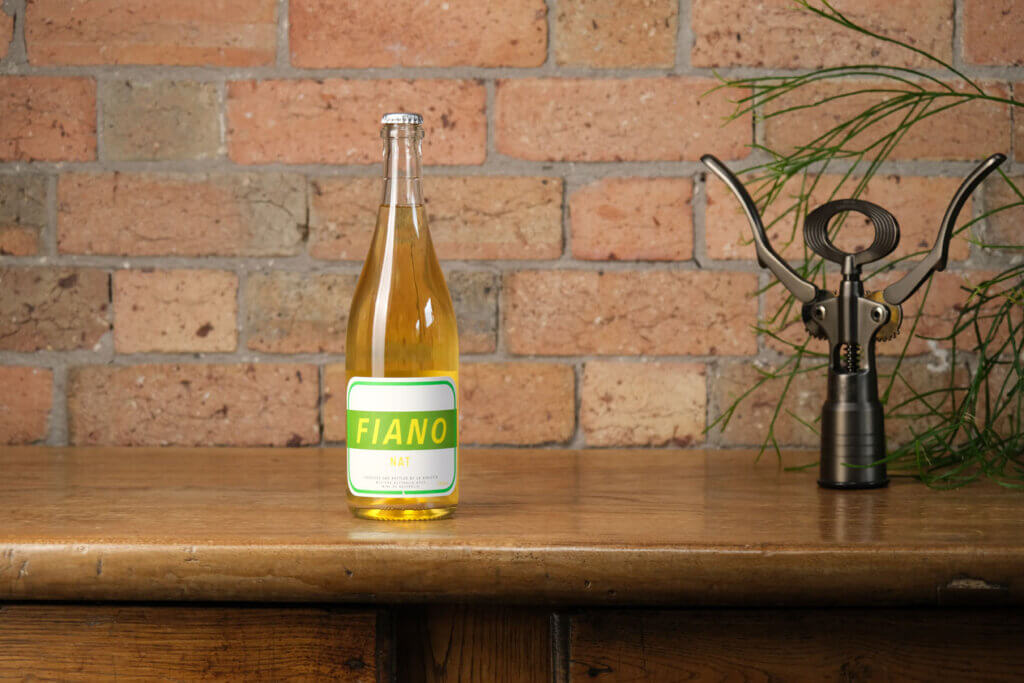
This topped Lapalus’ sheet for the day, being his wine of the tasting. “Pale yellow with a lightly cloudy aspect,” he wrote. “The first impression is very fermenty, fresh with notes of citrus (lemon, cedrat [citron]) and some vinous notes as well. The attack is on the acidity, reinforcing the freshness; the bubbles are fine and relatively low intensity, quite fast. The wine is balanced, a touch creamy in texture and finishing on refreshing notes of citrus. The perfect illustration of the style.”
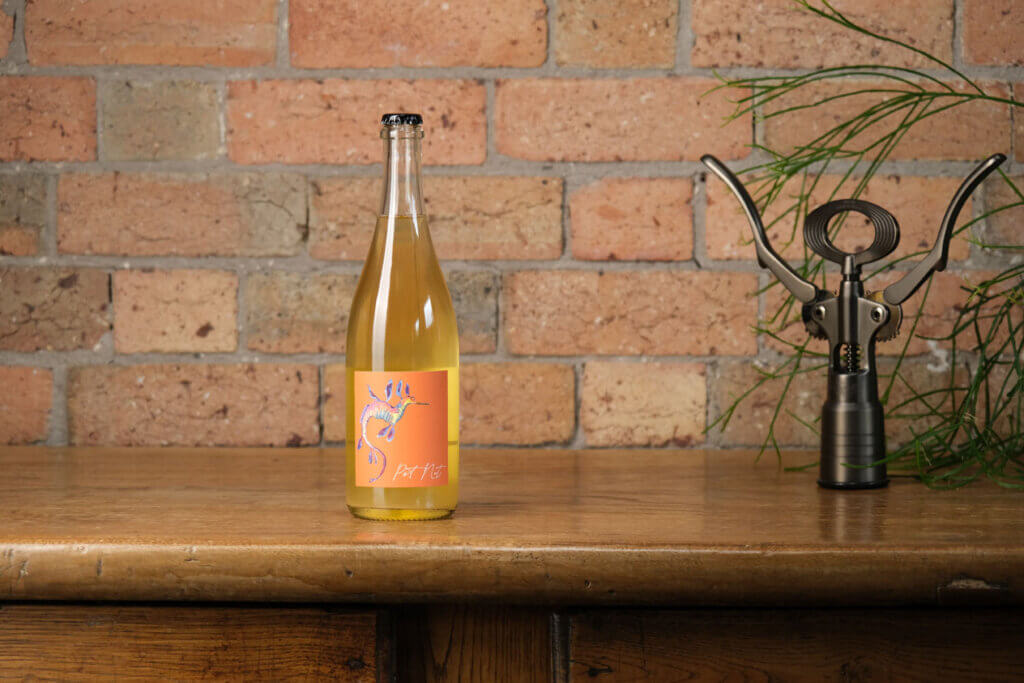
This featured in the top-six selections of Vigier, Strickland and Kline. “Delicate aromas of peach blossom, subtle peach schnapps, pear and quince,” noted Kline. “Nice precision and drive through the palate, which is tensile but with flavour concentration to match. It finishes cool and lively… This is lithe and fresh, but with enough stuffing to hold interest. A classy example.” “The most fragrant of the bunch, boasting the refreshing scents of lemon and lime,” wrote Vigier. “It is filled with the delightful flavours of spicy stone fruits, like nectarines and peaches, followed by the zesty notes of green fruits such as apples and pears. I am absolutely hooked by this wine. The aroma is uplifting and the balance between the lees and the wine is expertly constructed. …On the palate, it mirrors the nose with hints of green fruits along with a touch of citrusy lemon and slightly bitter grapefruit peel. …There is also a touch of pickled daikon and root vegetables. The palate is vibrant, electric, and incredibly enjoyable. The fruits are perfectly ripe, balanced by well-managed levels of freshness and acidity. … It has the appearance of a natural wine but carries itself with a serious manner.” “Aromatic with tropical fruits and mint,” wrote Strickland. “The palate is fresh, vibrant and clean. Passionfruit and citrus with a splash of saline quality. A great introduction to pét-nat.”
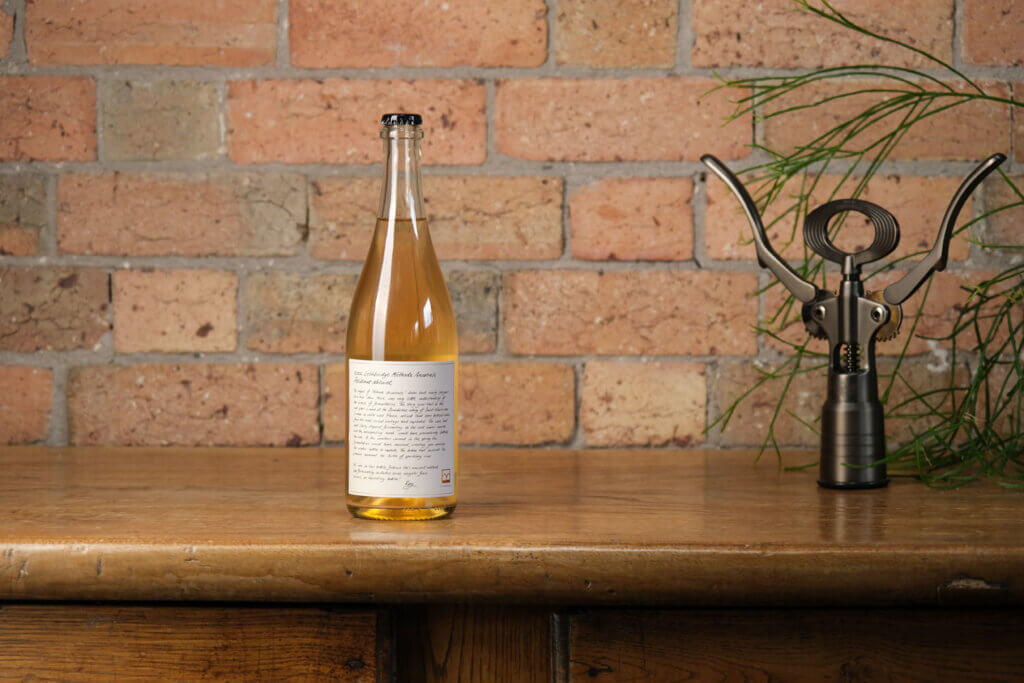
This was just outside the top three for both Harris and Moret. “This is an interesting wine,” wrote Moret. “It started off with funky, natural notes that upon revisiting became more of a brioche and saline fragrance. A fluffy, cloud-like texture presents a very appealing palate; linear and juicy acid give vibes of lemon sorbet and passionfruit. Fans of traditional method sparkling could be swayed by this easily, as it’s not too blowsy or over the top. One easily shared with a variety of wine lovers, versatile and very approachable.” “Creamy yellow,” noted Harris. “Creamy, estery yeast notes on the nose, and dry yeast characters dominate the palate. Good even weight and length. Nutty yeast-driven style done well. Finishes … in balance with the volume and intensity of the fruit and other yeast-derived characters. Good stuff! More please.”
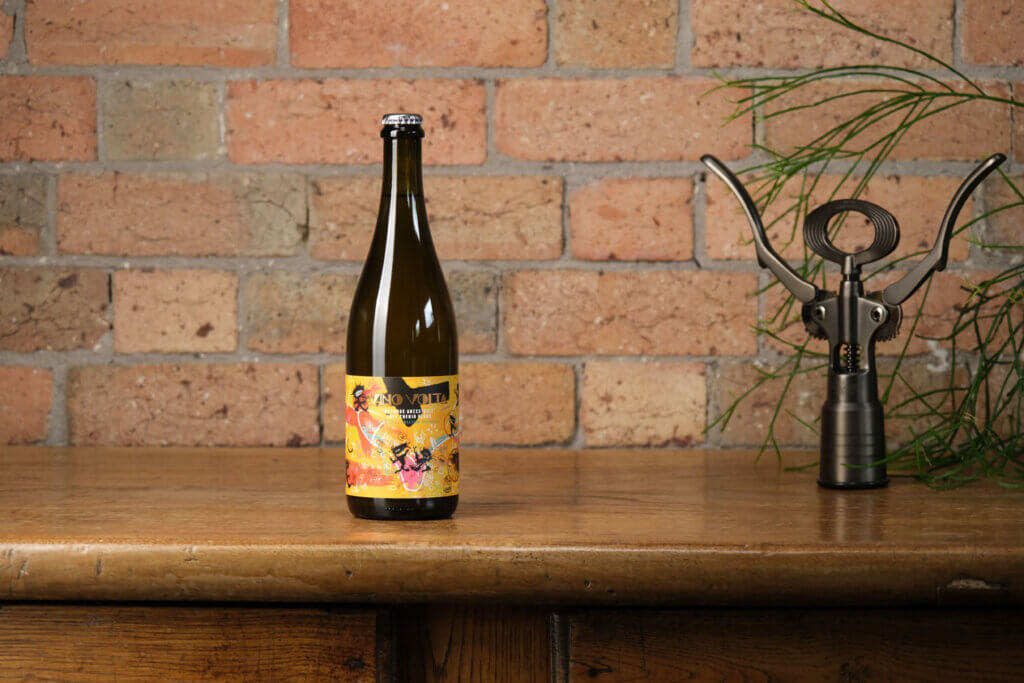
This was Maltby’s top wine of the tasting. “A surprisingly complex pét-nat. The deep haze draws parallels with cloudy apple juice, those lovely uber-fine suspended solids adding textural interest to the palate (and the eye!). Aromas of custard apple and spiced pears… with just a touch of fresh green apple really lifting the nose… The palate is gently creamy but balanced, with quite a savoury finish and fruit that seems to hang around forever. Baked apple pie crust … refreshed by a back palate of lime sherbet and freshly peeled apple skin. A little autolysis and some restrained aldehyde work in harmony with the fruit, upping the complexity stakes. The mousse is delicate but impressively persistent, providing shape and structure to the palate. This is a more cerebral pét-nat, with so many elements at play… Can’t put it down.
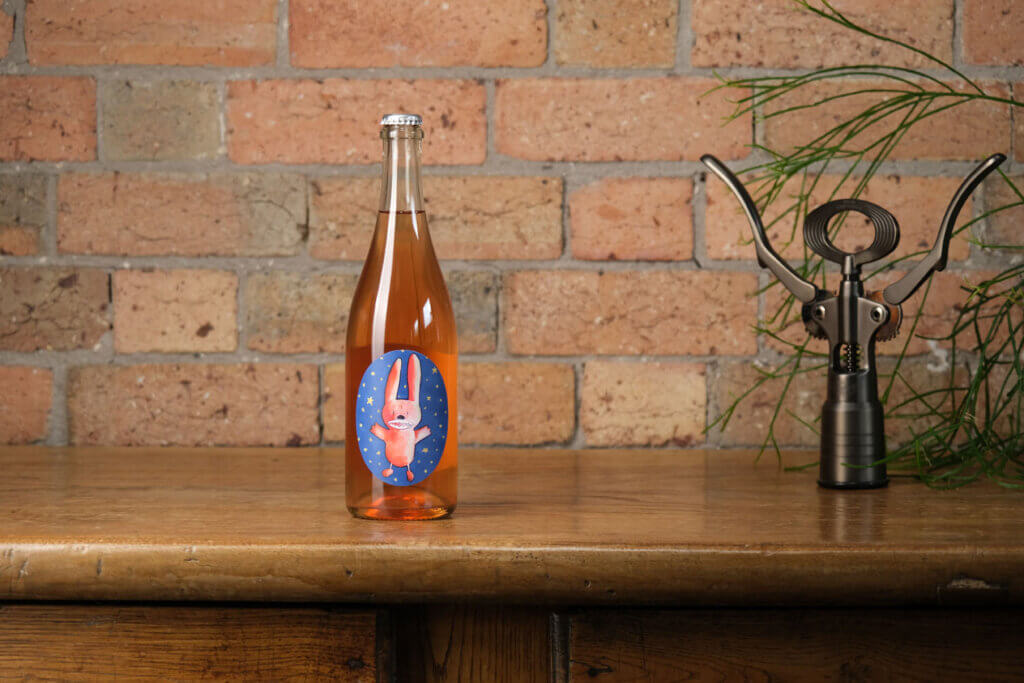
Kline had this in his top three, while Lapalus gave it a top-six berth. “Pretty and lifted notes of sweet nectarine, peach, strawberry, and cherry blossom,” wrote Kline. “There’s a good burst of stone fruit drive through the palate, where peach skin, peach flesh and apricot make way for macerated strawberry and spice. All of it sitting within a pillowy, creamy texture. There’s a bitter note to the finish bringing a gastronomic edge, too.” “Pink with light cloudiness,” noted Lapalus. “Very intense and floral nose, showing an aromatic variety with rose petal and lily notes, followed by some fruity notes of peach and apricot. The first impression in the mouth is fine bubbles, not too intense, covered by a strong texture. Low acid and low sparkles give an impression of sweetness. The final impression is again very aromatic with ferment notes around the floral bouquet. An aromatic style to drink with spicy food.”
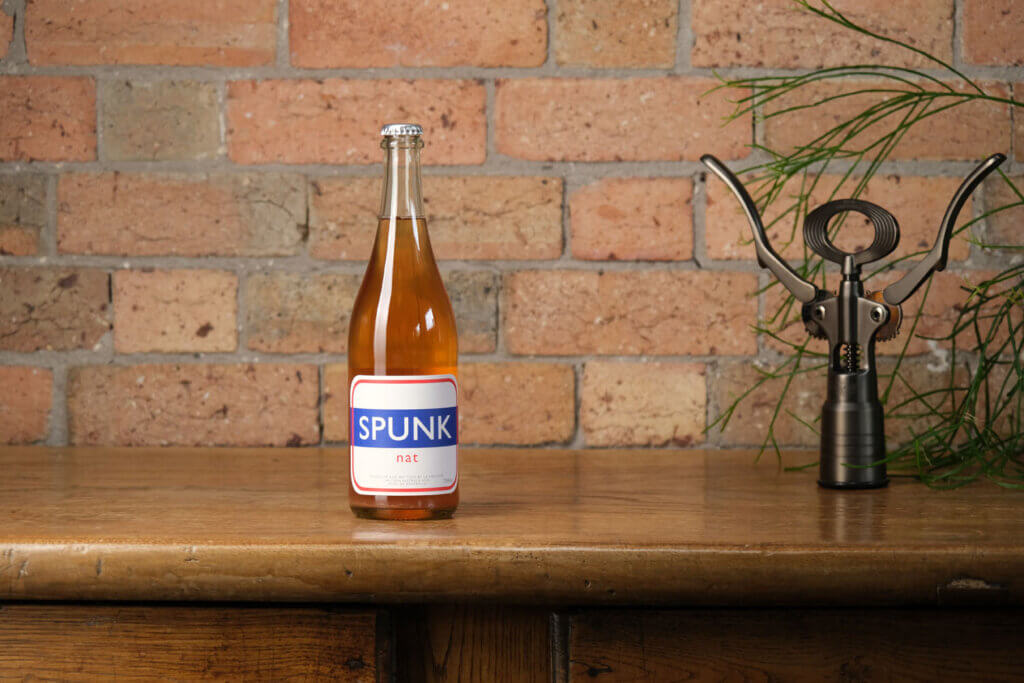
This came second for Moret, while Kline also gave it a top-six finish. “Orange peel, amaro, rose petals and flecks of river-stone minerality fragrances make this instantly appealing,” wrote Moret. “Intense and decadent flavours of watermelon, mint, white and black pepper, orange juice and strawberry sorbet give this a complexity that I absolutely adore. This works well as a standalone wine but would pair exceptionally well with food – I immediately dreamed of Szechuan cuisine as a perfect match. The high acidity will cut through the spice, and a hint of sweetness provides the perfect balance.” “Apricot liqueur, smoky grilled apricot and some washed rind at the fore of a savoury kick beneath,” noted Kline. “Intriguing. The palate is sapid and fulsome, packed with ripe stone fruit and a lick of residual sugar sitting within a pillowy, creamy mouthfeel. Waves of crispy acidity cleanse the thickness, leading to a refreshing close.”
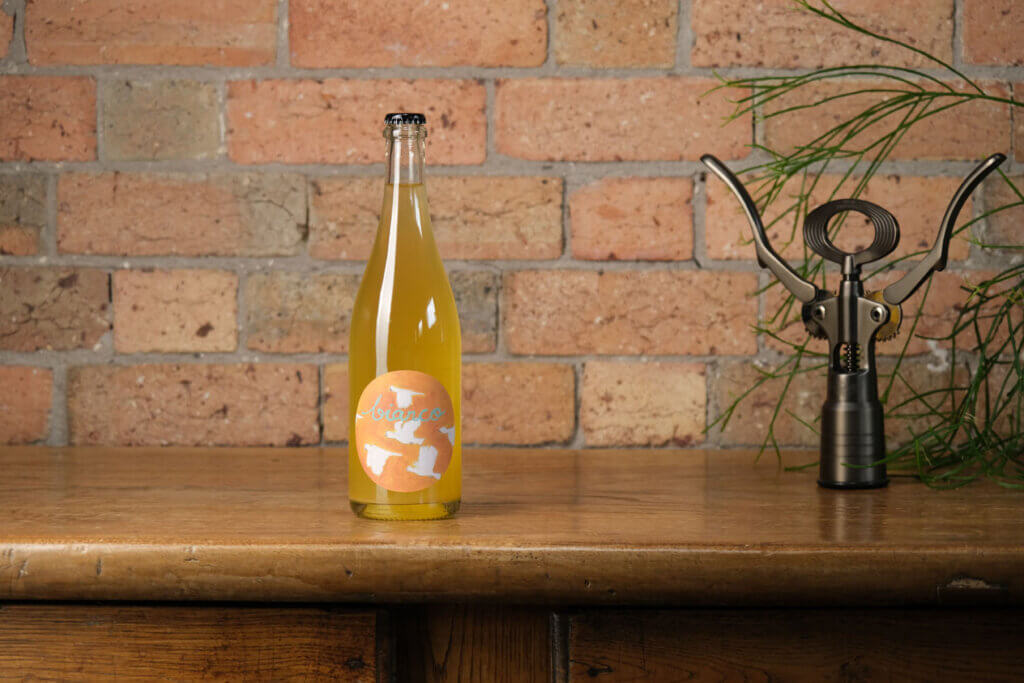
This came in second place for Lapalus. “Yellow, intense and lightly cloudy,” he wrote. “First nose is a little bit reductive, with notes of fine lees contact. Then the fruity character appears and reveals some citrus notes, grapefruit and lemon. The first contact in the mouth shows some fine bubbles complemented by a crisp acidity, making the wine very refreshing. Aromas continue on the citrus spectrum (cedrat [citron], a kind of lemon with thick skin), and a final sensation of slight bitterness giving a nice complexity to the mouthfeel. Very much in the style of fresh pét-nat with some complexity.”
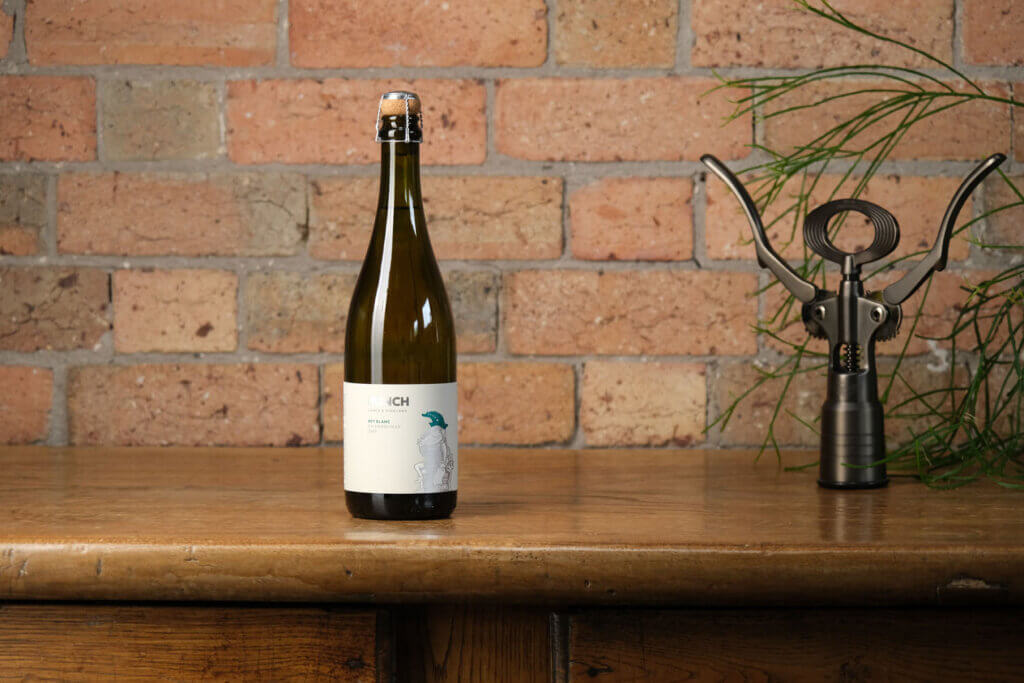
This just missed out on top spot of the tasting for Harris. “Bright, pale green straw with good clarity,” he wrote. “Fresh and vibrant lemon and grapefruit with subtle grassy notes. Soft creamy mousse, light bright and fresh with a persistent fruit and acid driven tail. Some toasty complexity to match the fine lime and lemon citrus fruit. A fine, tight, fresh and light style done well. Excellent.”
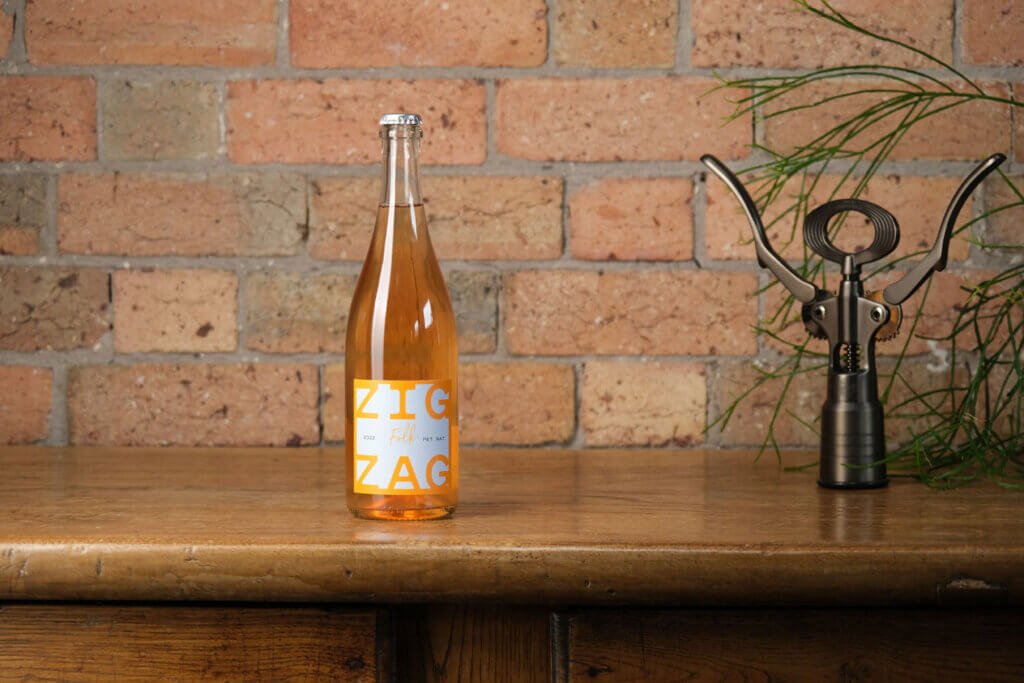
This was one off top place for Maltby. “Vibrant and fruity, with lychees and passionfruit just leaping from the glass. This pét-nat is pure hedonism. An intense sparkle greets you but settles down to a gentle and more approachable fizz. The palate is refreshing and bone dry, humming with rosewater, red apple skin and strawberry gum. Cleansing acidity, enhanced by the carbonation, provides a rather harmonious flow and lengthens the wine. There’s enough fruit weight here to properly flesh out the mid-palate; lots of fresh berries and red apple, with a pleasing savoury edge and some fun texture that makes this a versatile, food-friendly wine. Fresh, crisp, fruity and just perfect for picnics that feature a serious charcuterie board.”
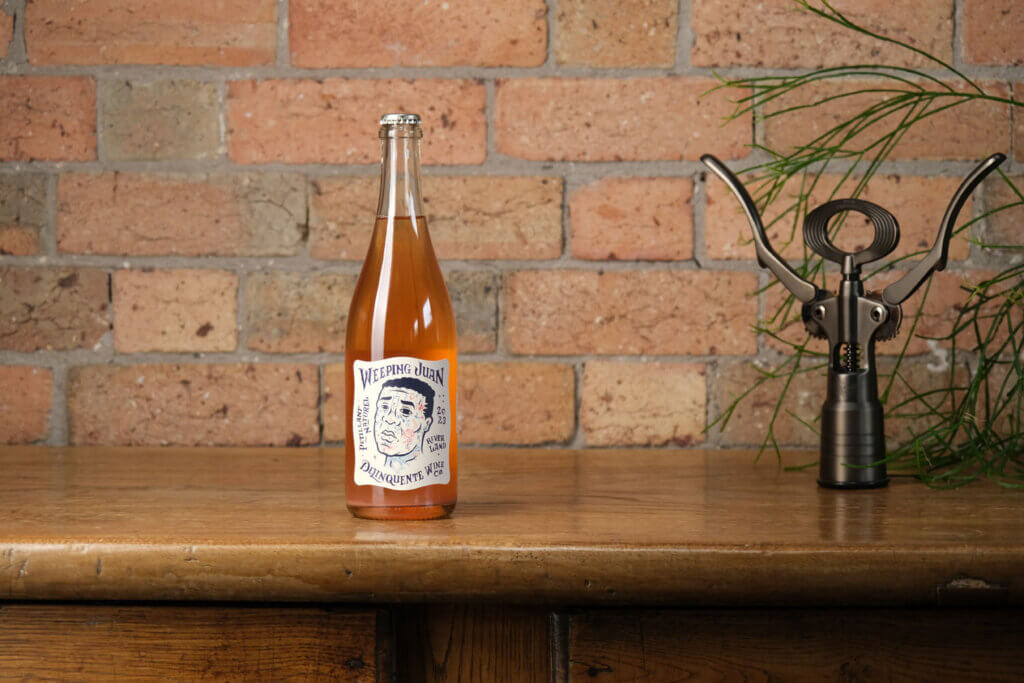
Moret gave this a top-three finish. “A nose of honeycomb, roses as well as a traditional method character of sourdough toast with fresh butter,” she wrote. “The palate is playful with white cherries, strawberries, fig and exotic touches of lychee and Turkish delight. A beautiful glossy texture makes this seductively drinkable. A carnival of character makes this the perfect companion to summers in the backyard with mates.”
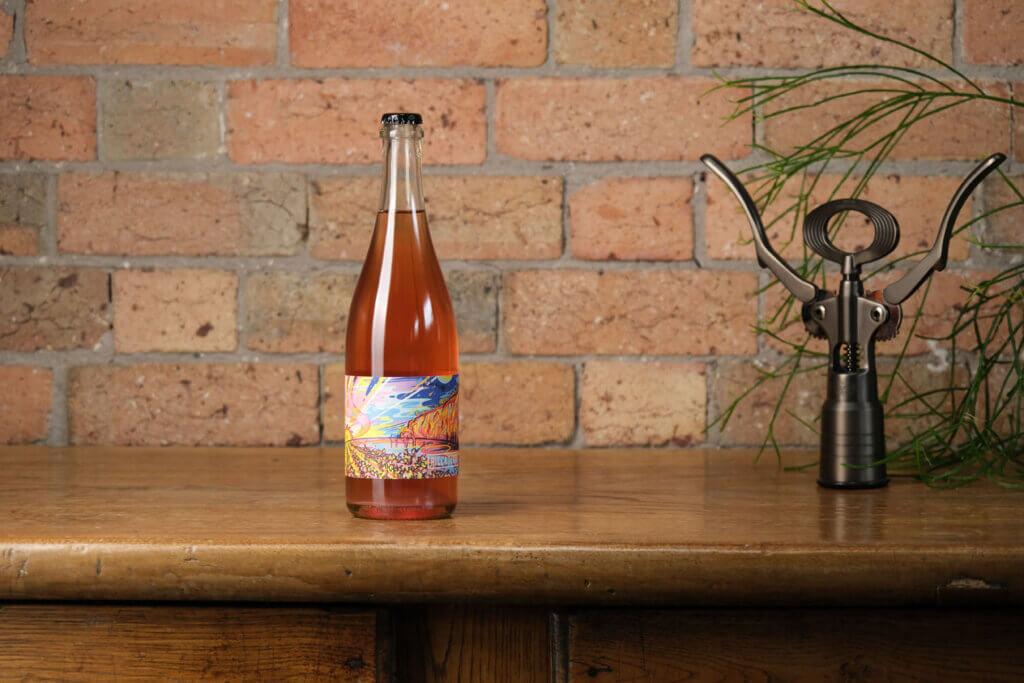
This rounded out Lapalus’ top three. “Light pink with orange nuances, lightly cloudy,” he wrote. “The nose is very aromatic and mostly fruity and citrusy. A very clean impression. The attack is quite vinous, followed by a creamy texture, as well as the bubbles being very fine and melting. The aromas develop on floral notes, rosewater, Turkish delight and more citrus. There is great intensity and a good length. A good aromatic profile in the fresh and clean style.”
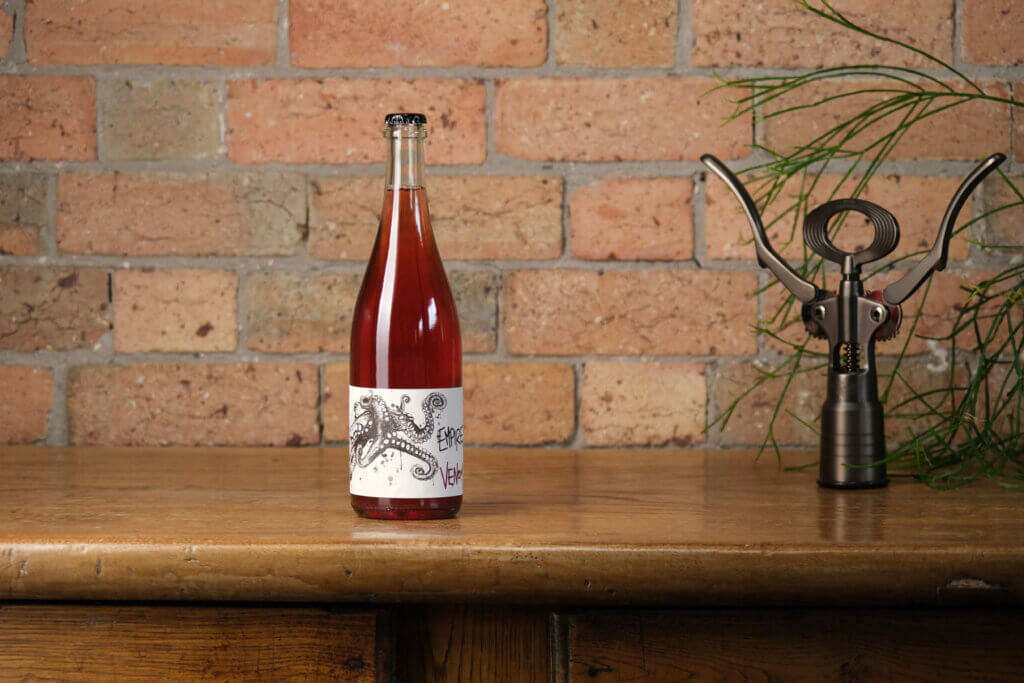
Harris had this rounding out his top three. “Vibrant raspberry” he wrote. “Fresh creamy red berry with lovely underlying savoury charcuterie spices. Lovely volume and vibrancy. Soft, medium weight fruit, with fresh acidity giving shape and length. Vibrant, fresh pinot-like energy and drive. Fun fresh dry. Juicy finish. Lots of picnic appeal!”
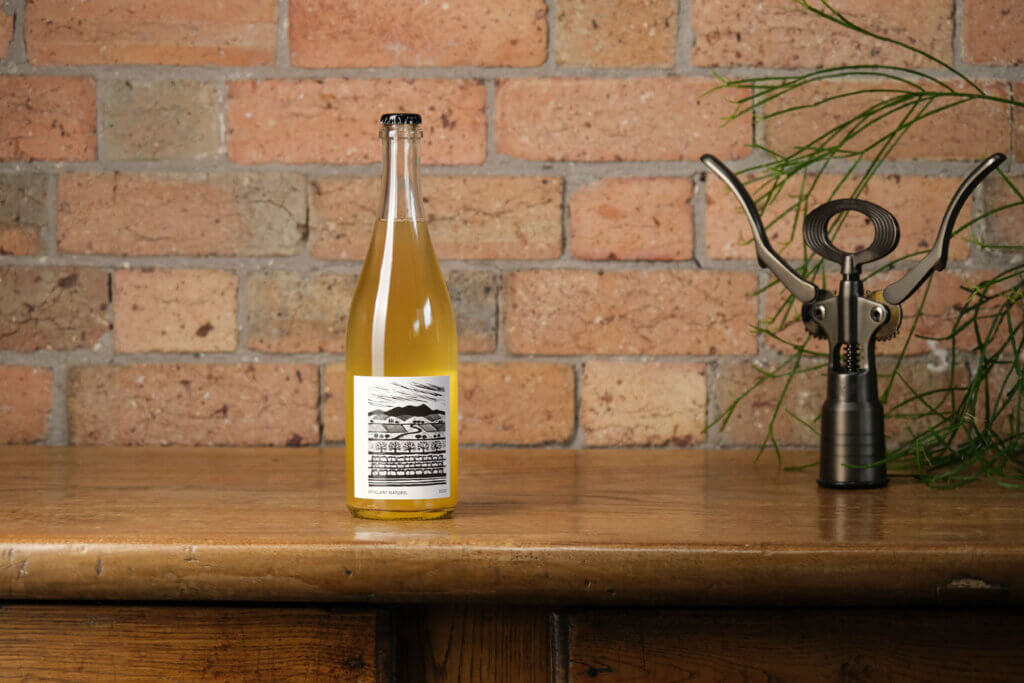
Infimo had this towards the middle of his top six. “The wine shows a great level of primary complexity that is in the more moderate climate orchard/stone fruit spectrum, with well-defined aromas of Williams Pear, Jazz apple and white nectarine, supported by a succulent plant-like freshness (think aloe gel, agave). The fruit flavours show a high level of definition on the palate as well. A classic, quintessential pét-nat where the fruit is the undiscussed protagonist. Clean and vibrant with just the right amount of residual sugar needed to balance out the succulent acidity.”
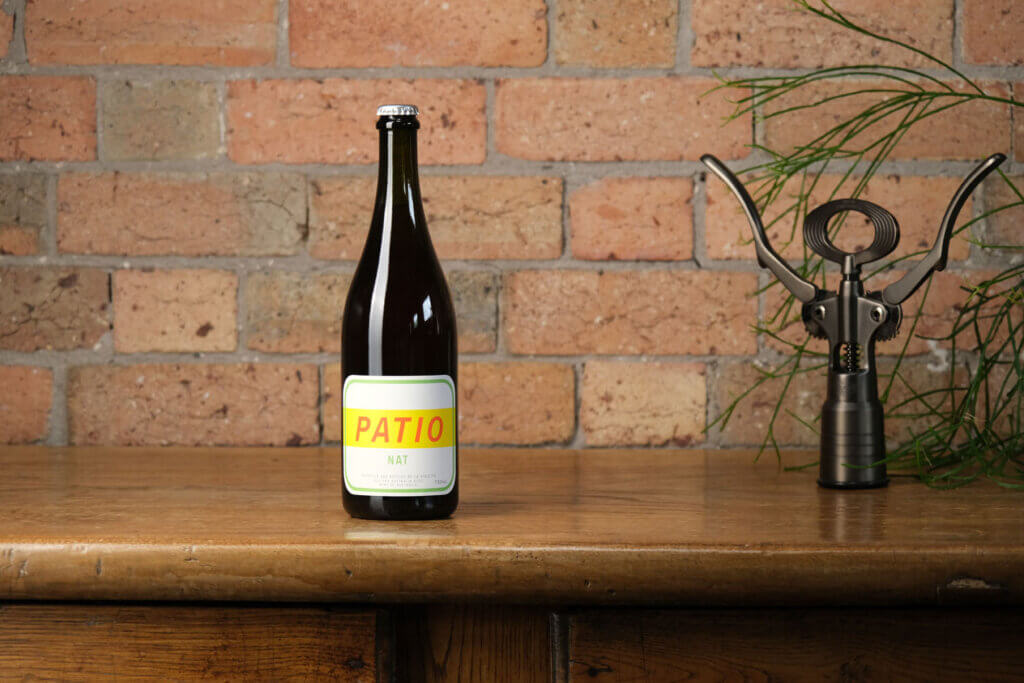
Vigier and Maltby all rated this as a top-six wine. “Wow, this wine is delightful,” wrote Vigier. “The aromas are simply divine… As the vibrant colour suggests, the wine is bursting with luscious red fruits. The delicate hints of ginger, turmeric and exotic Indian spices blend harmoniously with …Turkish delight, orange blossom and elderflowers. It has a captivatingly musky and grapey essence. On the palate, it releases an intense and powerful flavour, initially filled with fruity goodness and then transitioning into a savoury sensation. The wine’s true strength lies in its irresistible aromatics. …Overall, it is a remarkable wine, capable of exciting even those who may not typically gravitate towards this style.” “A fun and light-hearted take on the style, this is a very approachable pét-nat,” wrote Maltby. “Strawberry, lychee and peach bring an exciting tropical element, while some fresh rhubarb and a hint of herbaceousness provide a more savoury backbone. The sparkle is persistent and fresh … while the acid line is cleansing and balanced. Simple but joyful.”
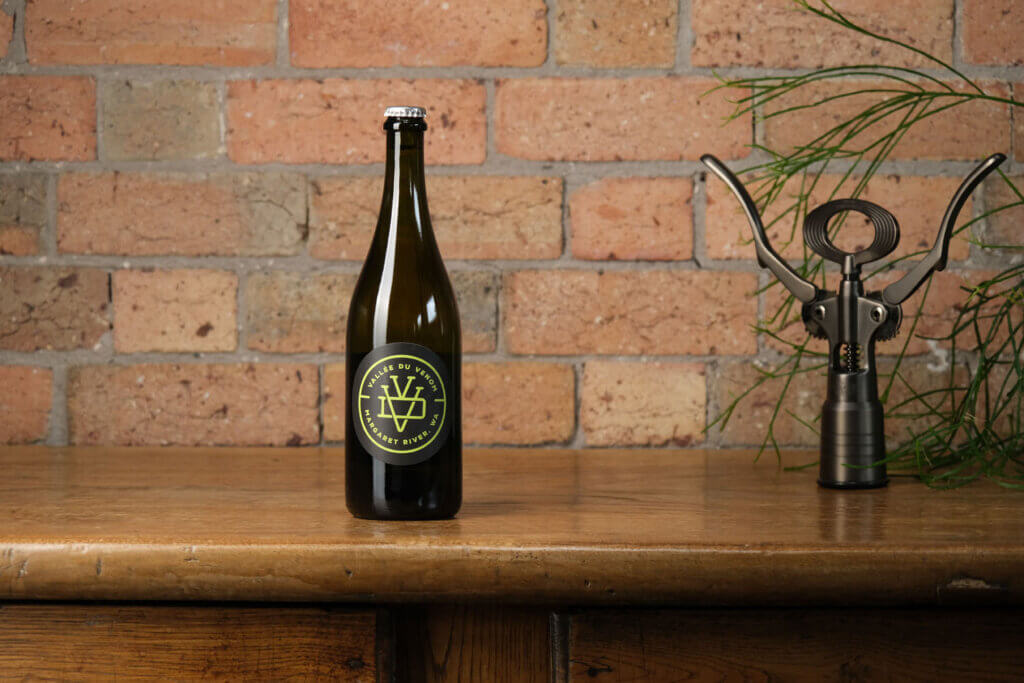
“Here we have a more refined variation of pét-nat,” wrote Vigier as he placed this just outside his top three. “This wine is not just about the fruits. …Flavours of yoghurt, cream, and white chocolate nibs. Oxidative handling of the fruit adds notes of blanched almonds and marzipan. …Lees contact contributes autolysis notes of marzipan, biscuit and almond croissant. There is a distinct mineral element, reminiscent of crushed rocks. Additionally, there is a delicate floral touch with hints of jasmine and white lilies. It reminds me of a high-quality blanc de blancs grower Champagne. On the palate, the wine displays a slightly broader profile but maintains refreshing acidity. …Although the finish may not be incredibly complex, I consider it one of the best wines I’ve had today.”
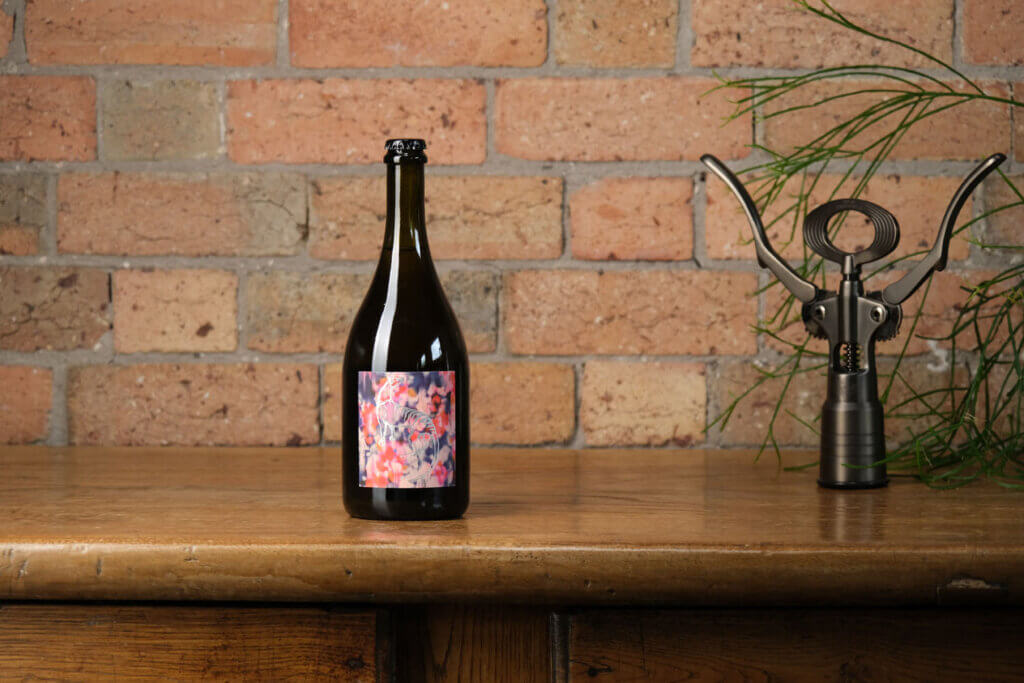
Strickland rated this towards the middle of her top-six picks for the tasting. “I really like this one, earth and rhubarb lead to notes of pear and red apples,” she wrote. Gentle tannins are complemented by the fruit and acidity. There’s a touch of ginger spice and the body is generous while remaining balanced.”
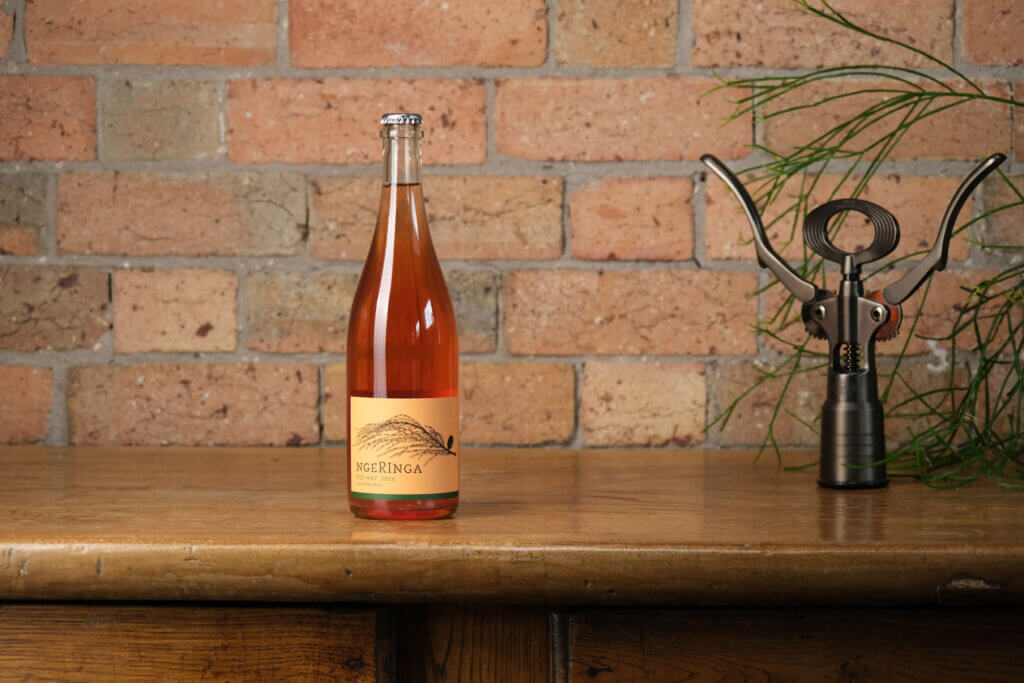
Both Maltby and Harris gave this a top-six finish. “Wholly evocative of a winery mid-harvest,” wrote Maltby. “Stunning floral ferment esters are captured, so heady and bright, really showcasing the living nature of this style. Plenty of red apple skin and fresh cranberry… A little edge of green raspberry leaf helps to tame the just-bottled strawberry jam notes that fill out the mid-palate. A lovely line with good tension and persistent fruit. …Refreshing effervescence lifts the wine without demanding attention.” “Enticing creamy red berry fruits,” noted Harris. “Soft and easy entry, lovely flow and vibrancy front to back, wrapped up in bright perky acidity. Fresh yellow peach fruit on the palate, mouth-watering acidity offers length and persistence. … Plenty of enjoyment to be had here.”
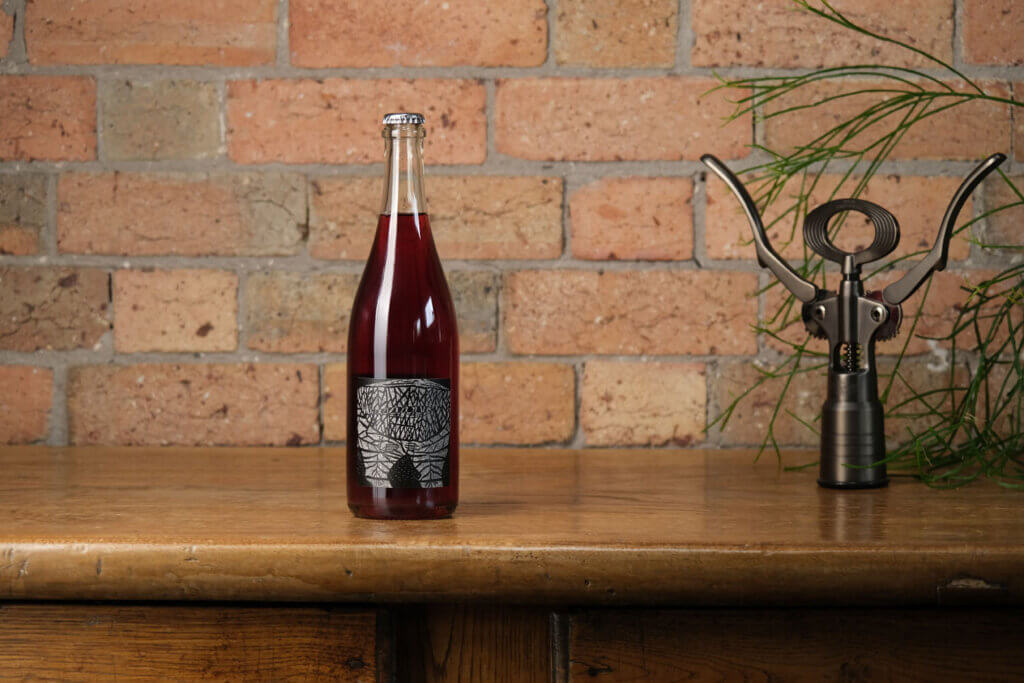
Lapalus had this towards the middle of his top-six picks for the tasting. “Bright red with a slight cloudiness,” he wrote. “The nose is reminiscent of sparkling shiraz (or the colour influences that?). Lambrusco style, quite lactic like a dessert with strawberries and cream. The mouthfeel starts with light bubbles, creamy and melting, followed by the fruit expression, well balanced and a touch of tannin at the end. It’s a great example of red pét-nat, which you want to drink with food.”
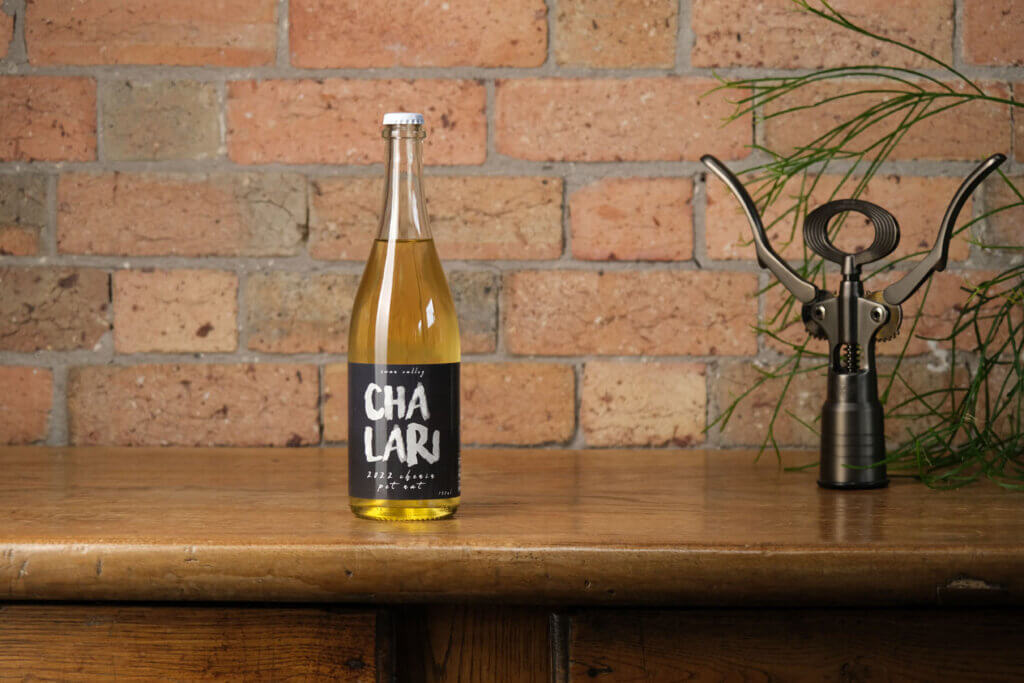
“This was a really fun wine,” noted Moret, picking this in her top six. “The nose is like a patisserie – vanilla bean ice cream, crème brûlée – very inviting. The dessert vibes of the wine don’t present as sweet, either. Fantastic bright acidity keeps this in a dry style. Creamy mouthfeel with a full, well-rounded weight to it. Simple, fun and easy drinking. Flavours abound with almond croissants, peaches and pavlova. Juicy and utterly delicious – why eat expensive French pastries when you could enjoy this instead?”
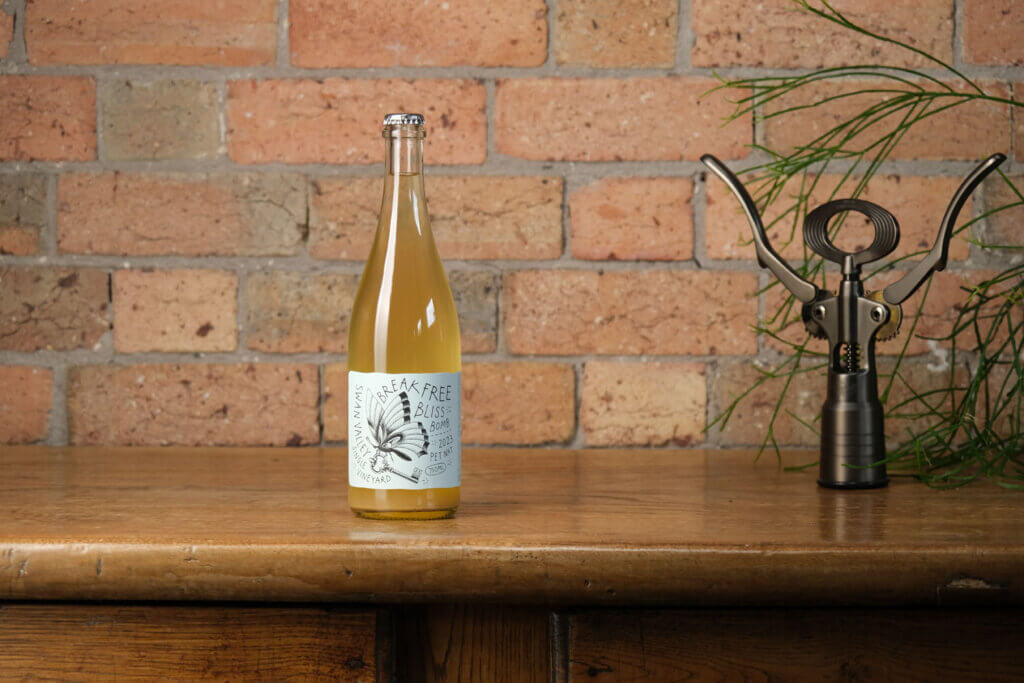
Kline included this in his top-six wines of the tasting. “Aromas of ginger, peach flesh, cumquat, cinnamon and custard apple. There are lashings of stone fruit notes through the palate, supported by ginger spice and apple tart. Ample texture and weight here, foiled by a nice core of fresh fruit pulled long and clean by a firm acid line.”
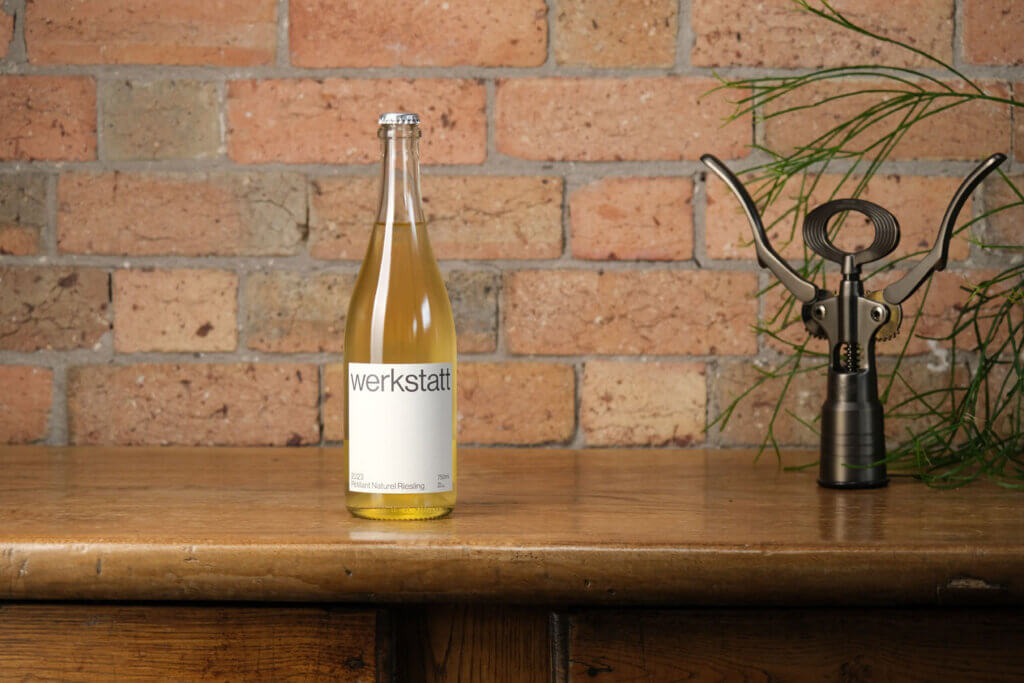
“Vibrant lemon with green hues,” wrote Infimo in giving this a top-six berth. “Very focused nose, extremely fresh with notes of lemongrass, lime pith and tart yellow grapefruit. Dry, acid-driven palate with well-managed phenolics and a non-intrusive autolytic note that adds savouriness and almost becomes one with the phenolics. We are prizing a really well-made bone-dry style here that shows energy and balance and some weight without needing the support of sugar.
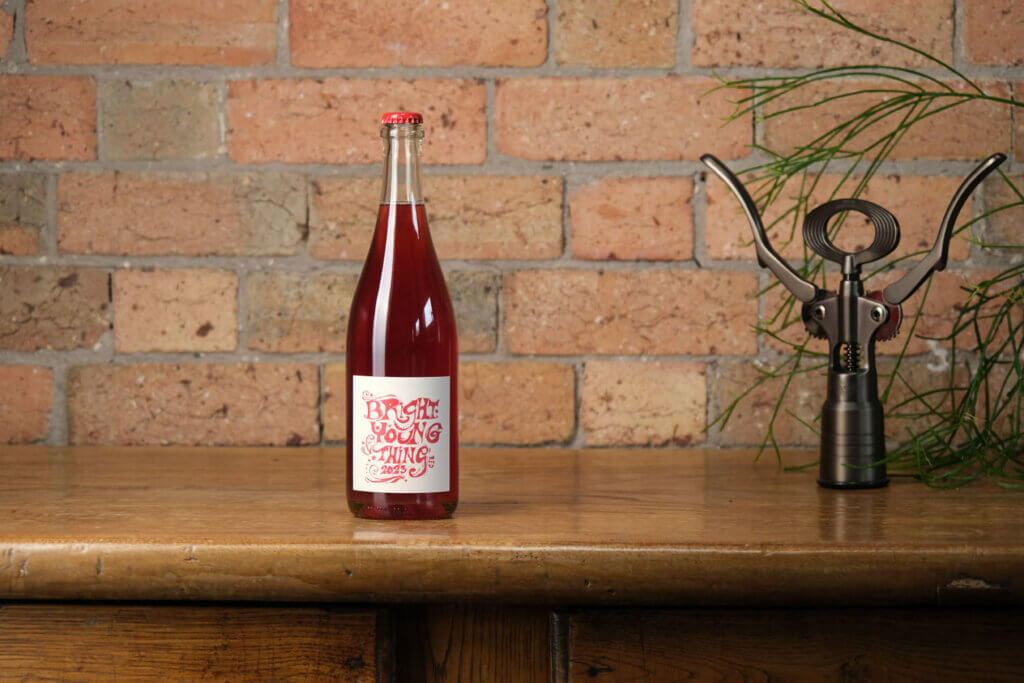
Strickland gave this a top-six finish. “Candied citrus and apple, a touch confectionery but in a good way. The palate is tart and refreshing with salted raspberry. There’s some cherry and a savoury complexity that holds your interest. Chalky and crunchy with a vibrancy that makes for great drinking. This wine will suit a varied audience, from a first timer to the more experienced pét-nat drinker. Calls for a wheel of Brie.”
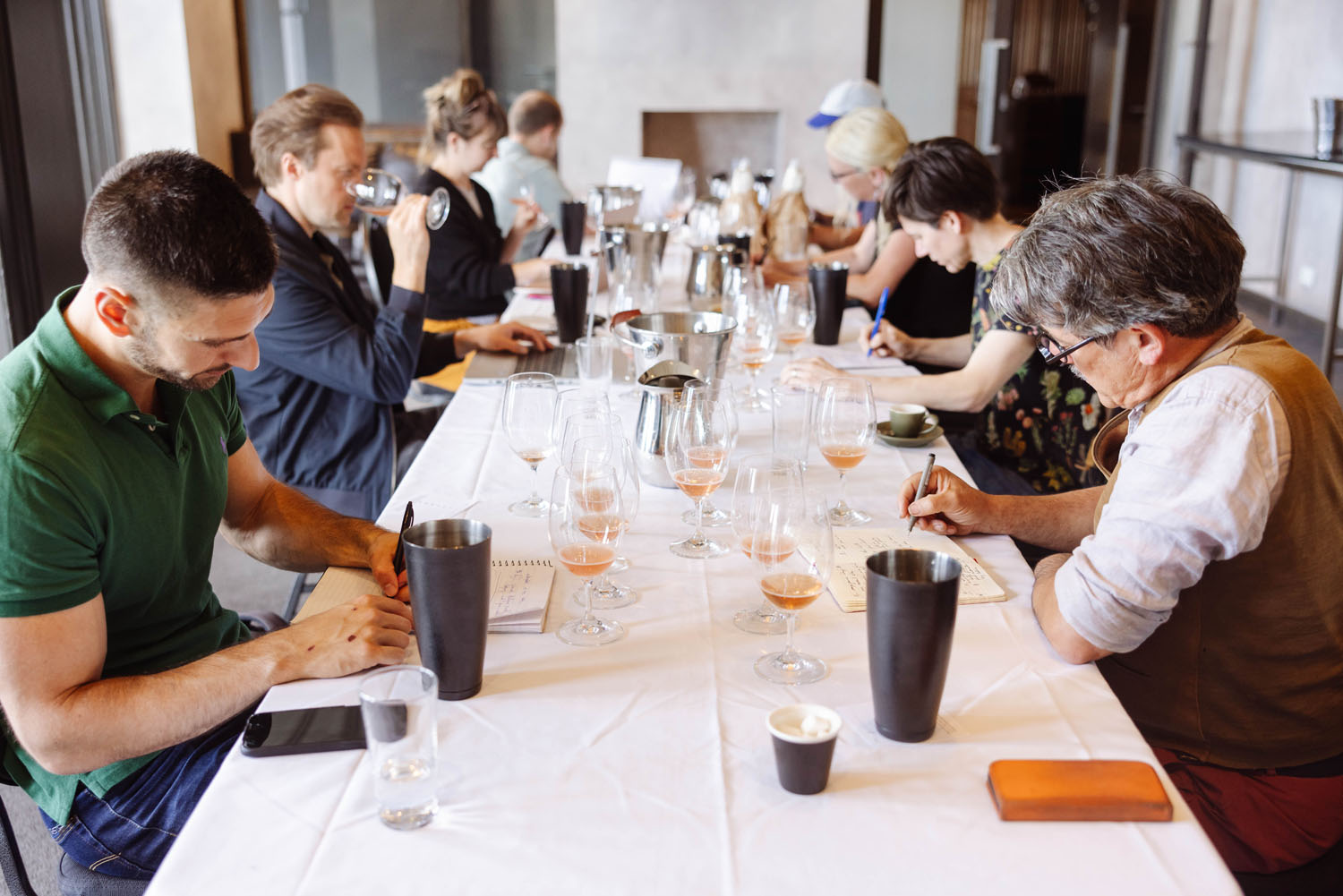
Our panel: Abby Moret DipWSET, owner Atlas Vinifera; Andrea Infimo DipWSET, Group Beverage Operations Manager Movida; Xavier Vigier DipWSET, Wine Buyer/Advisor/Head Sommelier Mr Claremont Wines; Gilles Lapalus, owner and winemaker Maison Lapalus, Bertrand Bespoke and Maidenii; John Harris, owner and winemaker Mitchell Harris Wines; Hannah Maltby, winemaker Mac Forbes Wines; Angela Strickland, owner Independent Wine Store and co-owner Banksia Wine Room; Tom Kline, wine writer and educator. All wines were tasted blind.
“The wines that were great were incredible. I needed this session. I don’t drink pét-nat in my daily life, and looking at this means there’s definitely a potential for me to highlight a few of them on the wine list.”
“There’s quite a broad range,” said Maltby, opening the post-tasting discussion. “I really enjoyed the stability across the board. So often pét-nats are associated with something that’s a bit wild and a bit unstable, but so many of these wines are stable. They’re delicious and perfectly stable. Even going back to the ones that we tried earlier, they’re just the same now as they were a couple of hours ago, which is fantastic.”
“What I didn’t appreciate, was there were wines that I think were probably the second choice of the winemaker,” said Infimo. “As in, okay, I don’t think the fruit’s good enough to go into my wine. So, I feel like those wines were a bit forced, or a bit obvious.”
“I really enjoyed the fruit profiles that we saw,” added Maltby, noting those secondary wines were in the minority. “I think there was some really lovely character that was not just ferment derived. It was definitely good quality fruit coming to the fore, and I really enjoyed seeing people making pét-nat with quality fruit.”
“There were some wines that were just joyous,” agreed Infimo. “I appreciated some wines that were not meant to be too complex, and I did praise a wine that was a little bit more complex with seductive reduction and different layers. But I prized the wines that showed the most primary fruit definition, that had the right balance between sugar and acidity, because I think residual sugar is a playful element in pét-nat…. They were the ones that were the most fun to drink and showed the most definition of fruit length without being too cloying. They still had an element of freshness, and most of all they were fun without losing balance.”
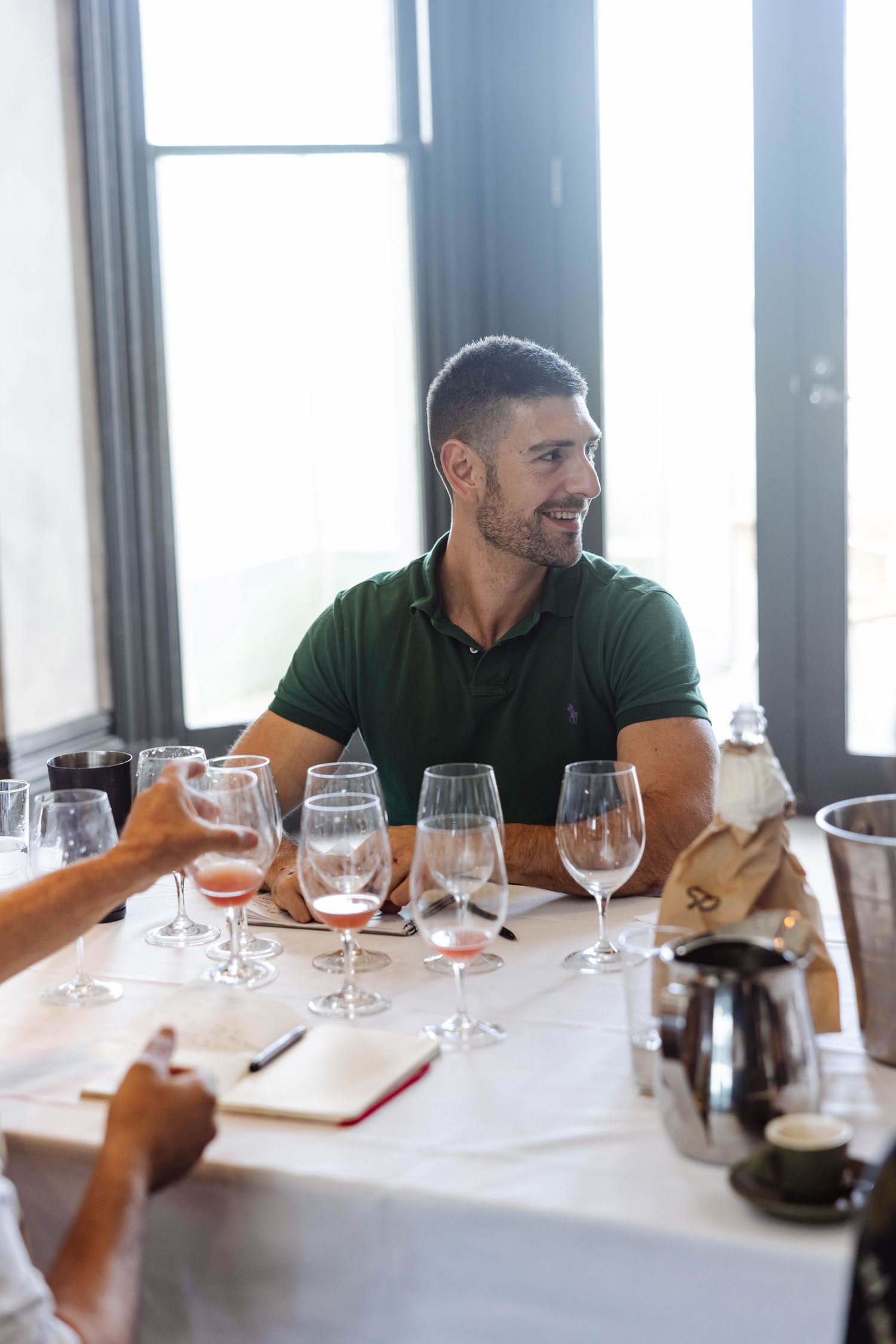
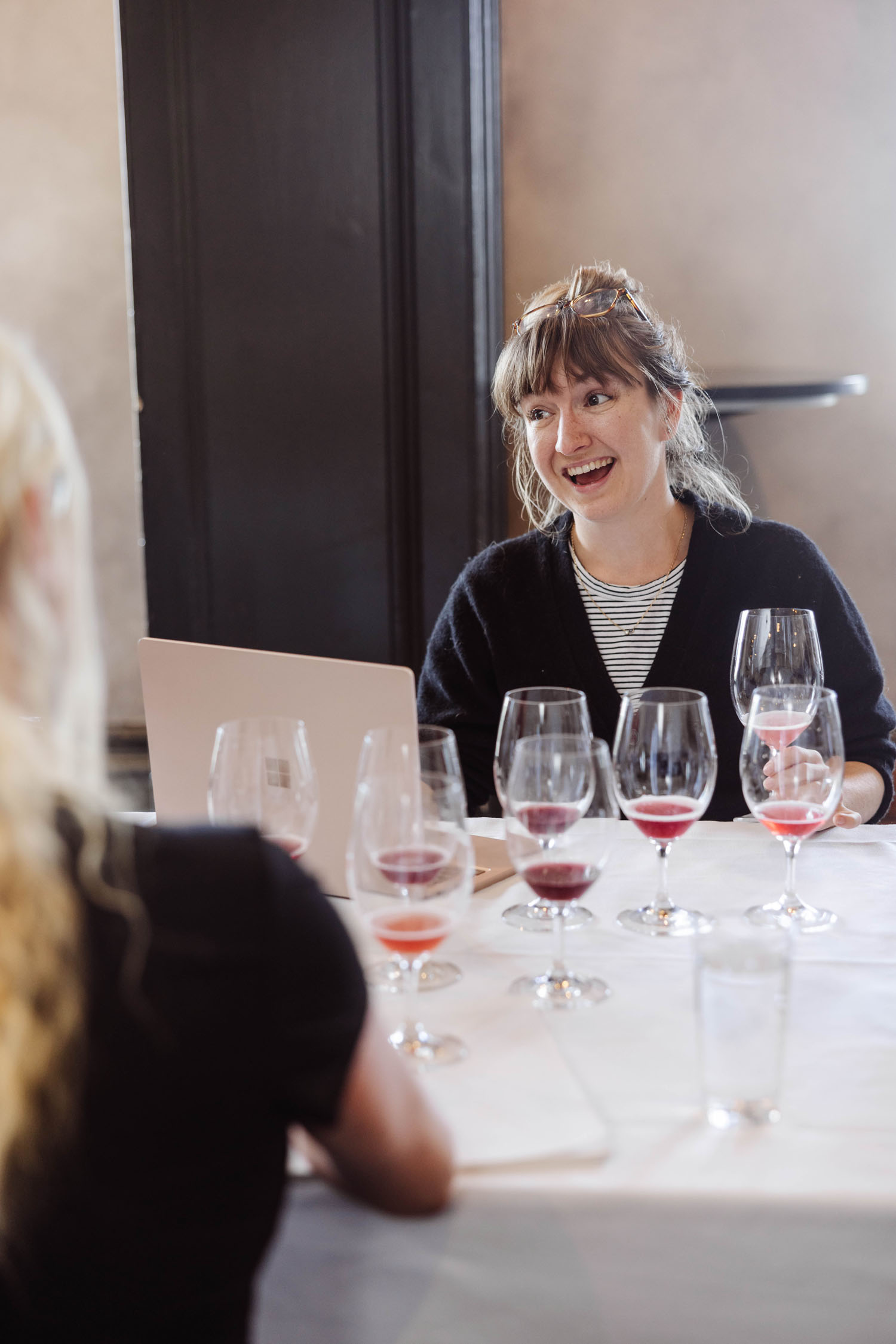
“It’s not necessarily the Champagne drinker you want to target here, it’s also the beer and the cider drinker because it’s in between. I sell a lot of wine to breweries. People, if they don’t want a beer, they have a pét-nat. And that’s where we are. Pét-nat is often between cider and beer, especially with all the craft beer now, it’s sometimes quite blurry as well. So, you touch on Champagne, you touch on beer and cider...”
“I’ve made a fair bit of sparkling wine but none in this style,” added Harris. “This was really fascinating. The quality here is quite amazing… Pét-nats have come a long way in 10 to 15 years. It’s taken me a while to get my head around the style, but to see the improvement in the wines that I taste in the bar with reps and whatnot, they now make really compelling reasons to put them on the list. …But the thing that drives them is consumer demand. It’s the customers that come in and ask for these styles… There are more and more customers wanting to try these wines.”
“I think it’s an ever-growing category,” agreed Infimo. “There’s a generational change. Younger millennials or Gen Z are more familiar with pét-nat; they see it as a fun wine that’s more affordable, and they ask more for it, even in high-end restaurants. There’s definitely a market for them and they’ve got a place in every restaurant, as long as it’s high quality wine.”
“Maybe 10 years ago when we first opened our venue, I hadn’t seen any pét-nats that I thought were good enough to put on the list,” added Harris. “Now I could have 20 of these [from the tasting] on our list. I think it was a fascinating tasting, and I assume from a vast array of different varieties, from traditional sparkling varieties through to muscats… and then the pink and red styles… there was appeal to be had in all of them.”
“It was interesting,” said Kline. “I think joyous is a great word to associate with pét-nat – so the varietal definition for me is less at play. There was one bracket that for me was clearly chardonnay, and so you start to think, do I want to see that in this… Variety is important, but it’s not important in terms of its pickup in the wine. I don’t want or need to see chardonnay, I just need something that’s joyful, that’s cohesive that’s balanced. And there were certainly a lot of really good examples of that.”

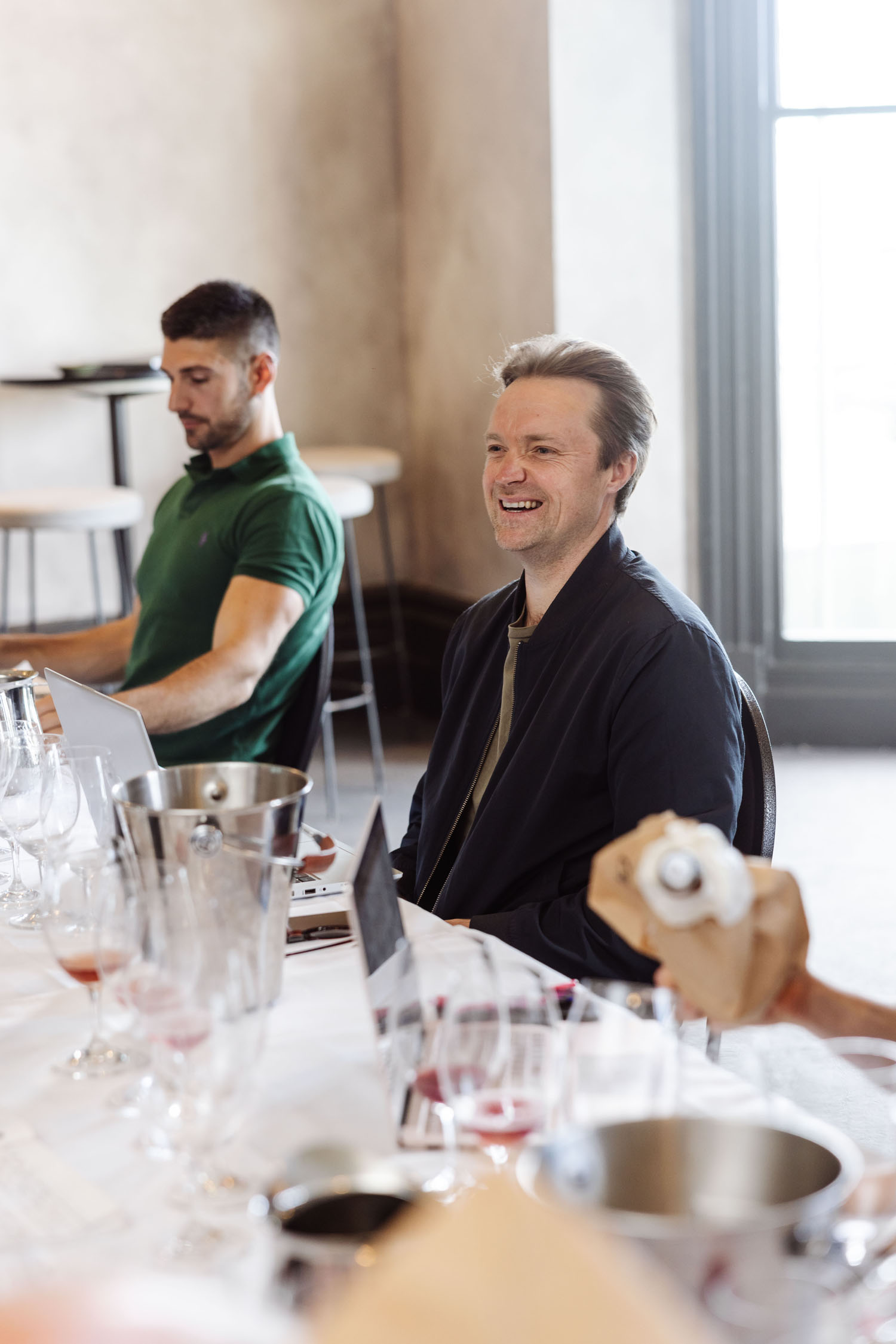
“It is not about the variety. To some extent, it’s like rosé: the category is defined by the style of wine not by the variety.”
“It is not about the variety,” agreed Gilles. “To some extent, it’s like rosé: the category is defined by the style of wine not by the variety.”
“You need to know which varieties work, but it doesn’t matter that they’re not picked up varietally in the wine,” Kline summarised.
“I think the problem is when someone uses a chardonnay or pinot noir to make a pét-nat, I feel in their mind they have an obligation to give something a bit more work,” added Vigier. “Obviously, the grapes are a bit more expensive, hence today we saw chardonnay that had a bit more autolysis character… that looked more like a Champagne than a pét-nat.”
“I marked one wine down for being too autolytic, but I would have marked Champagne down for the same reason,” said Kline. “If it’s too much just autolysis and nothing else, what’s the point.”
“I did the Deep Dive back in 2019, and the quality has improved out of sight,” said Moret. “There were fun, really aromatic picnic-vibe, park-vibe wines… But I thought there were some there that had great structure to them, and I liked the complexity… I thought there was sour acid in a lot of them, and I thought that there were a lot of really blousy ones that looked like they were made out of gewürz or viognier …and there’s no acid and you just go what’s the point. I thought there were a lot that looked like traditional method, which is a good gateway to get people into the idea of pét-nat. … I thought some of the red ones were amazing. There was a nebby-ish [nebbiolo] one in there that I was a bit of a fan of, and I thought that would be amazing at a barbecue.”
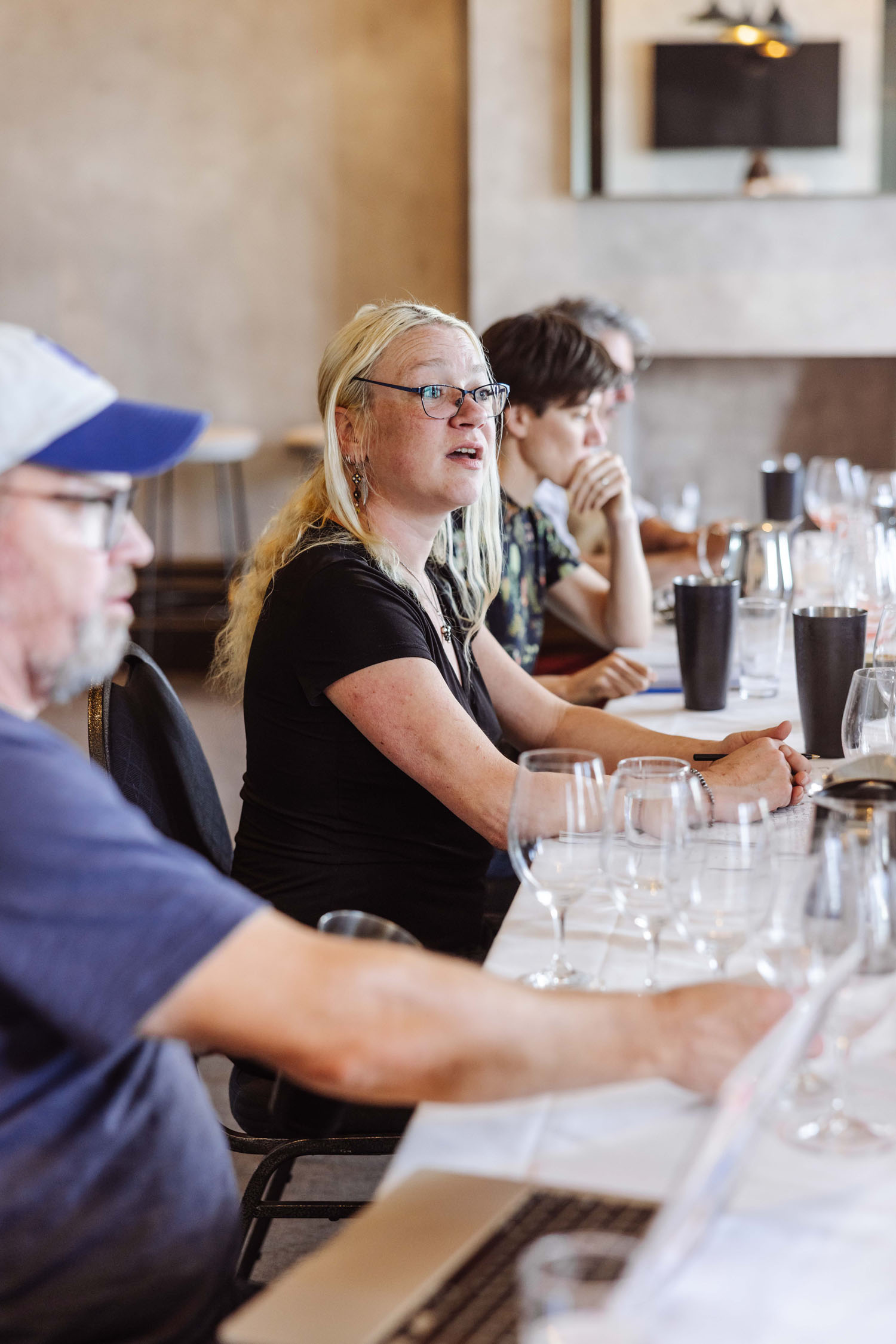

“So often pét-nats are associated with something that’s a bit wild and a bit unstable, but so many of these wines are stable. They’re delicious and perfectly stable. Even going back to the ones that we tried earlier, they’re just the same now as they were a couple of hours ago, which is fantastic.”
“I liked seeing where pét-nats are going,” added Strickland. “Over the years, it was never something I ever really rated, and I’ve probably not really paid much attention to it, so it’s nice to come to this today and actually see that there’s some clean well-made wines coming through. And I picked across the range as well. I’ve got some fun barbecue-style, picnic-style pét-nats, and a couple of challenging ones, which I really liked as well.”
“Freshness is the thing I was looking for,” said Kline. “Whether that comes in in terms of the acid or whatever… but if the wine didn’t finish fresh, I don’t think it’s in that joyous pét-nat mould.”
“Yes,” agreed Moret. “Juiciness as well in the fruit was a big one for me. Juiciness for me has that freshness vibe as well when it’s fruit driven, but it’s balanced and the balance was the big thing that sets it apart.”
“I think it’s the fun approachable, a bit of fruit, a bit of acid, a bit of tannin, got the balance,” said Strickland. “The ones that aren’t challenging, I think are the ones that most of our customers at our store are going to go for… beach vibes, fun happy wine, nothing too complex, but still has some interest.”
“I’m a little bit surprised at how heavy some of the bottles were,” said Maltby to broad agreement. “In a category that sort of prides itself on sustainability, to have such heavy glass where there is lightweight sparkling glass on the market is quite surprising to me. Since humans are certainly making choices on pét-nat as a more sustainable alternative. And then you see the weight of the glass…”
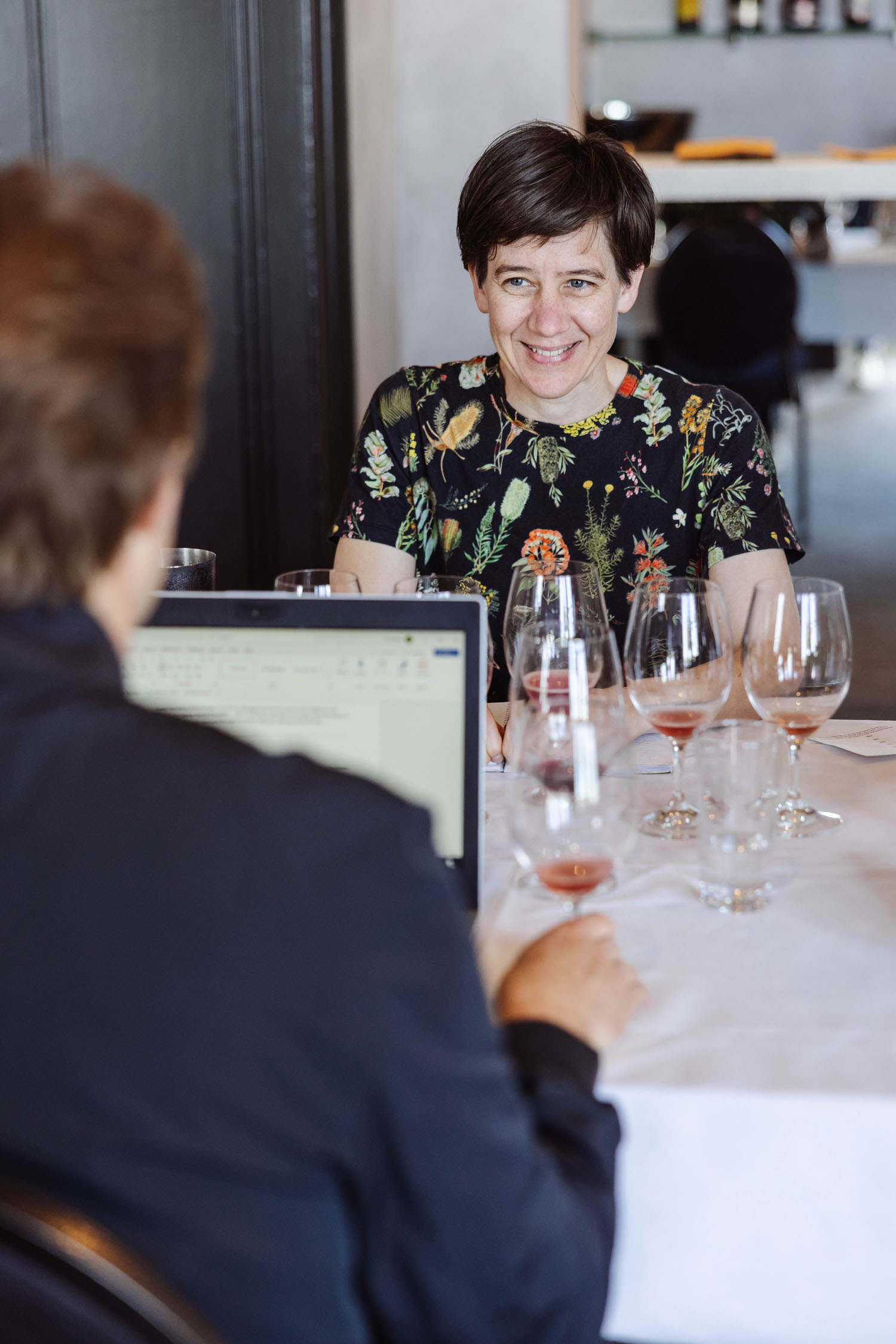

“The quality here is quite amazing… Pét-nats have come a long way in 10 to 15 years.”
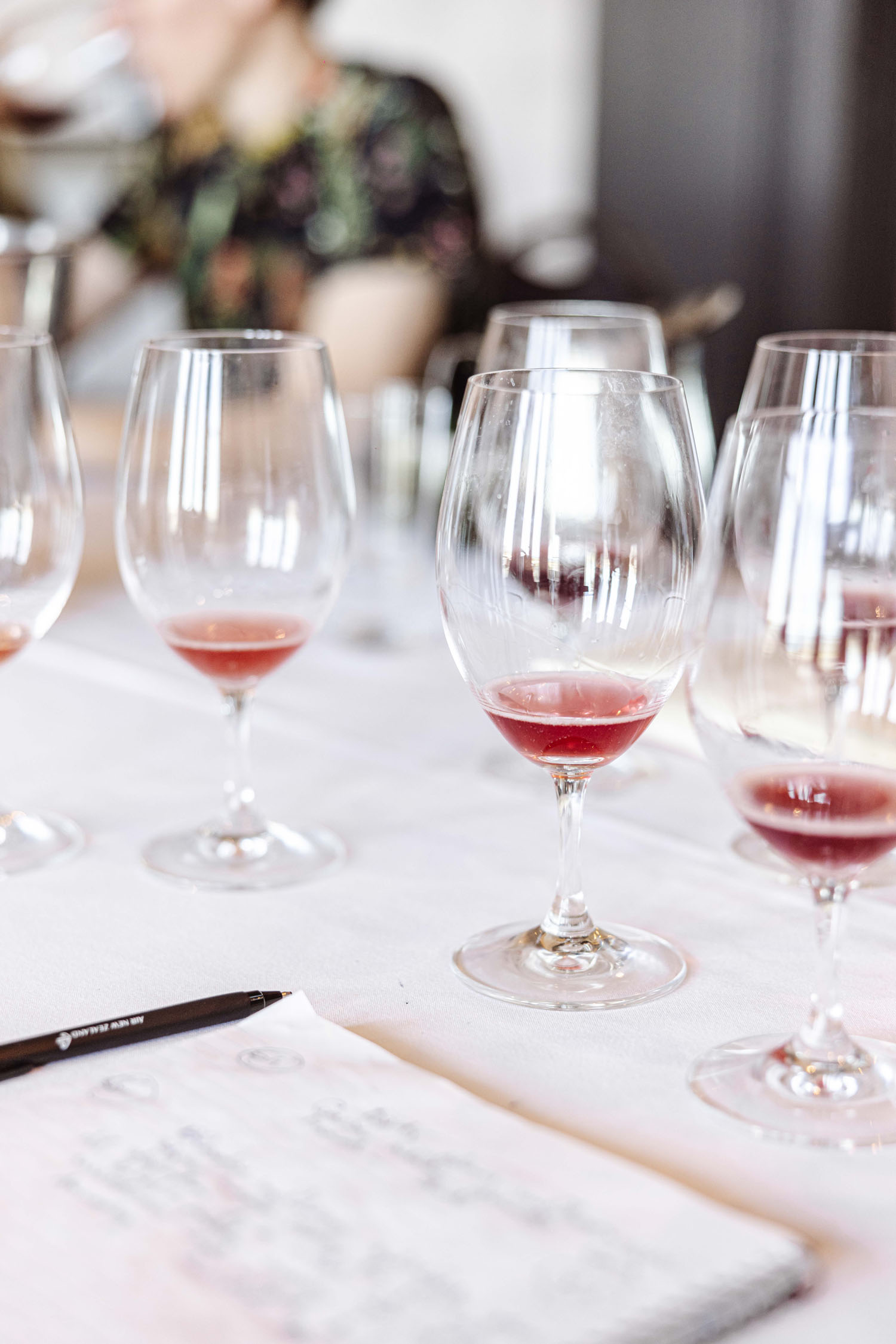
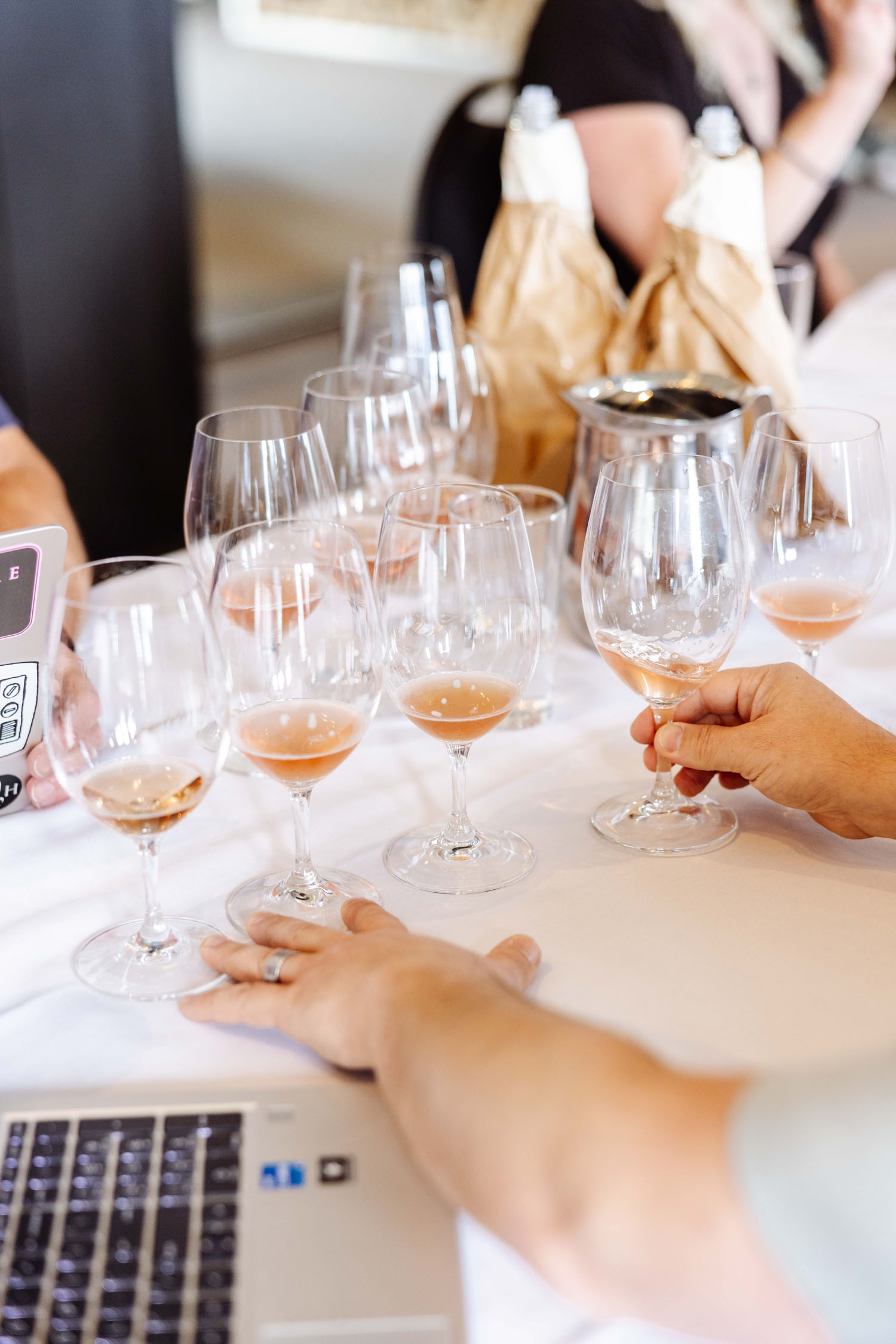
“Most of these wines are probably from 2023, and ‘23 is a very hard vintage,” said Lapalus. “A lot of people couldn’t make their own wine. They said, oh, let’s make a pet-nat. …I’m not sure the percentage of that here, but certainly on some of the reds you could see was sort of super green. So, there’s a bit of the vintage effect here as well.”
“When I approached my tasting,” added Vigier, “I basically discarded everything that was not pure because for me you don’t have an oak barrel regimen… you don’t have anything, so the fruit needs to be intact, and you actually need to feel the fruit coming through, you need to see the purity. Of course, there are exceptions to the rules, such as that one that was quite autolytic. I liked it, and it was well made, so I put it in my top six. I wanted to value the work that was put in there.
“I was looking for wines that showed lots of commitment from the winemaker… Across the board, there was a good spread of styles, the quality was there, and there were not many faulty wines. But there were a lot of average wines; however, the wines that were great were incredible. I needed this session. I don’t drink pét-nat in my daily life, and looking at this means there’s definitely a potential for me to highlight a few of them on the wine list. And I’ll be proud and confident that even someone that likes Champagne will drink that because it’s meant to be fun and meant to be drinkable.”
“It’s not a simple wine to make,” added Lapalus. “And bouncing on Xavier’s point as well, it’s not necessarily the Champagne drinker you want to target here, it’s also the beer and the cider drinker because it’s in between. I sell a lot of wine to breweries. People, if they don’t want a beer, they have a pét-nat. And that’s where we are. Pét-nat is often between cider and beer, especially with all the craft beer now, it’s sometimes quite blurry as well. So, you touch on Champagne, you touch on beer and cider…”
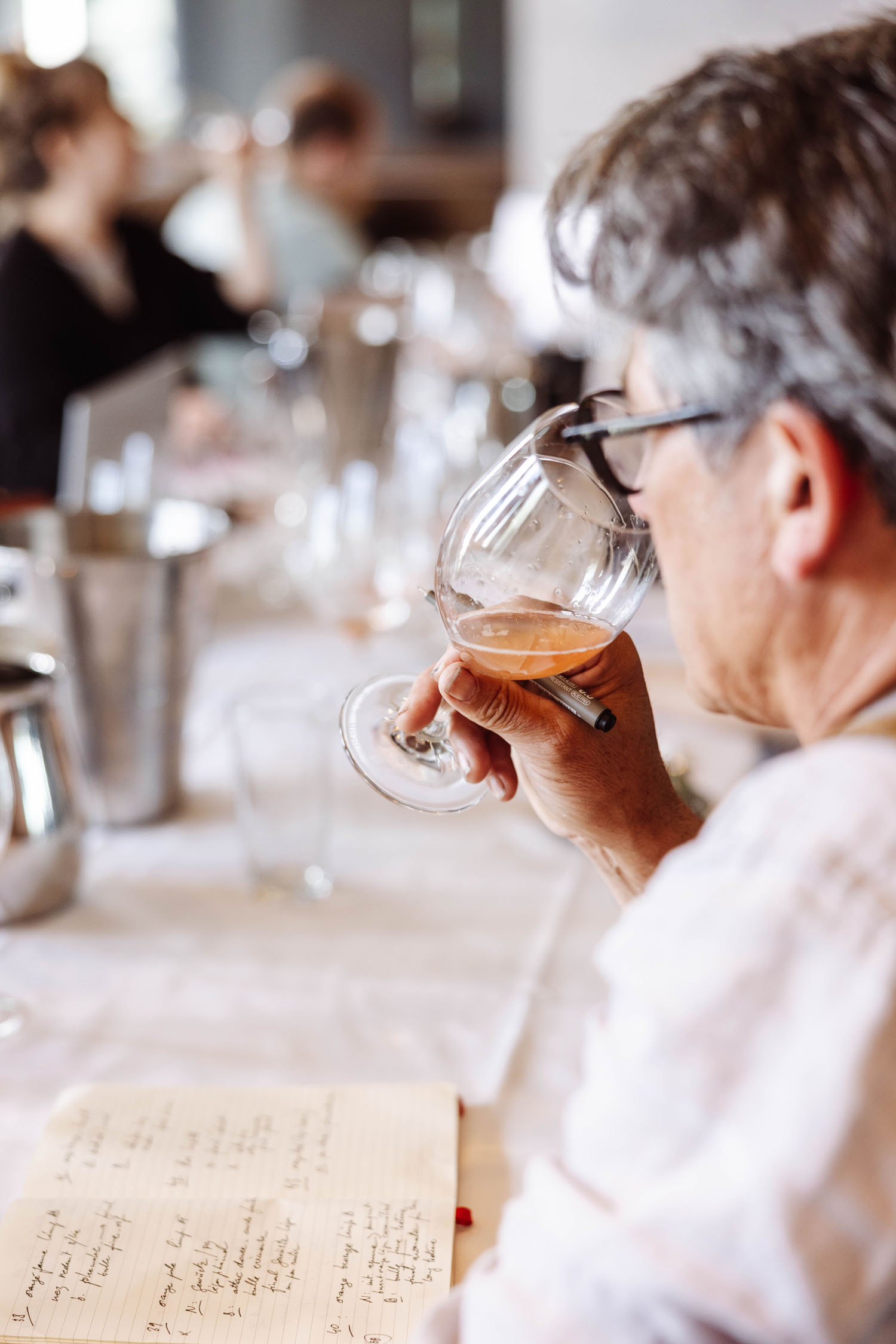
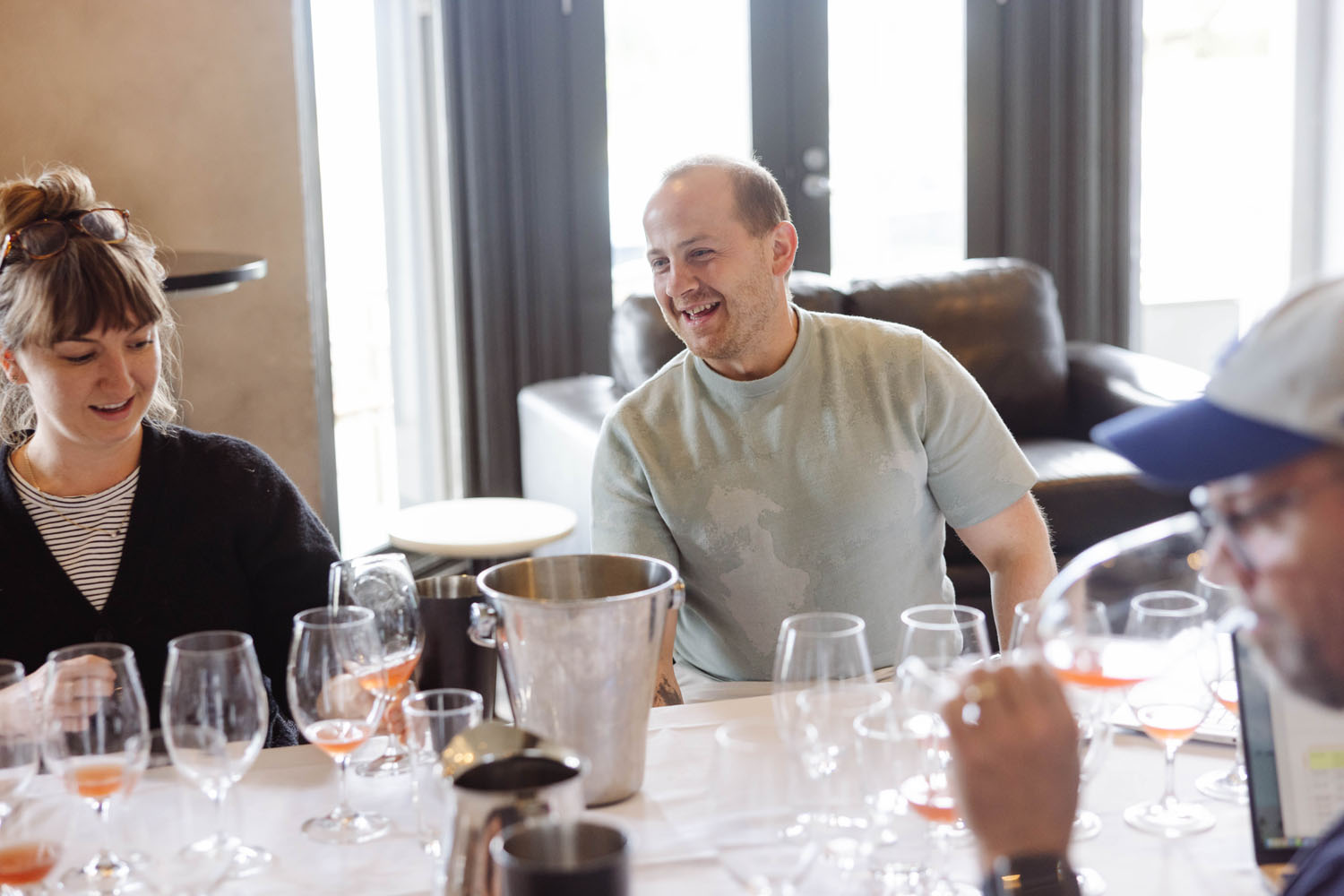
“…A couple of wines that are almost like, for me, XPA alternatives,” noted Infimo. “They had that kind of sweetest citrus, hoppy nature and balance.”
“There were a couple of ones in there that I was like, this would have been a great sour beer,” added Maltby.
“The common thread here is the cloudiness,” said Lapalus. “People think pét-nat, they think cloudy. And some, the clean ones, certainly don’t have the appeal. One was very good actually, but the fact it’s too clean, you think there’s too much manipulation there.”
“There were some wines that were incredibly murky, and really added a lot of density on the palate,” added Harris. “And I think that subtracted from the freshness and vibrancy in the wine. I think some were a bit too yeast laden. I preferred some lightness and brightness in them. The ones that were dense with yeast, I think it took away fruit and added dullness to the wines.”
“For me pét-nat is a way to show wine drinkers a fresh expression of fermenting wine,” added Lapalus. “When you do a barrel tasting of chardonnay that’s still fermenting, it’s exactly what it is with maybe a bit more bubble. I love tasting wines in the middle or towards the end of fermentation. There were a few great examples of this in the line-up. This is almost not a wine – I think it is the quality of this style, between juice, beer, cider and sparkling wine.”
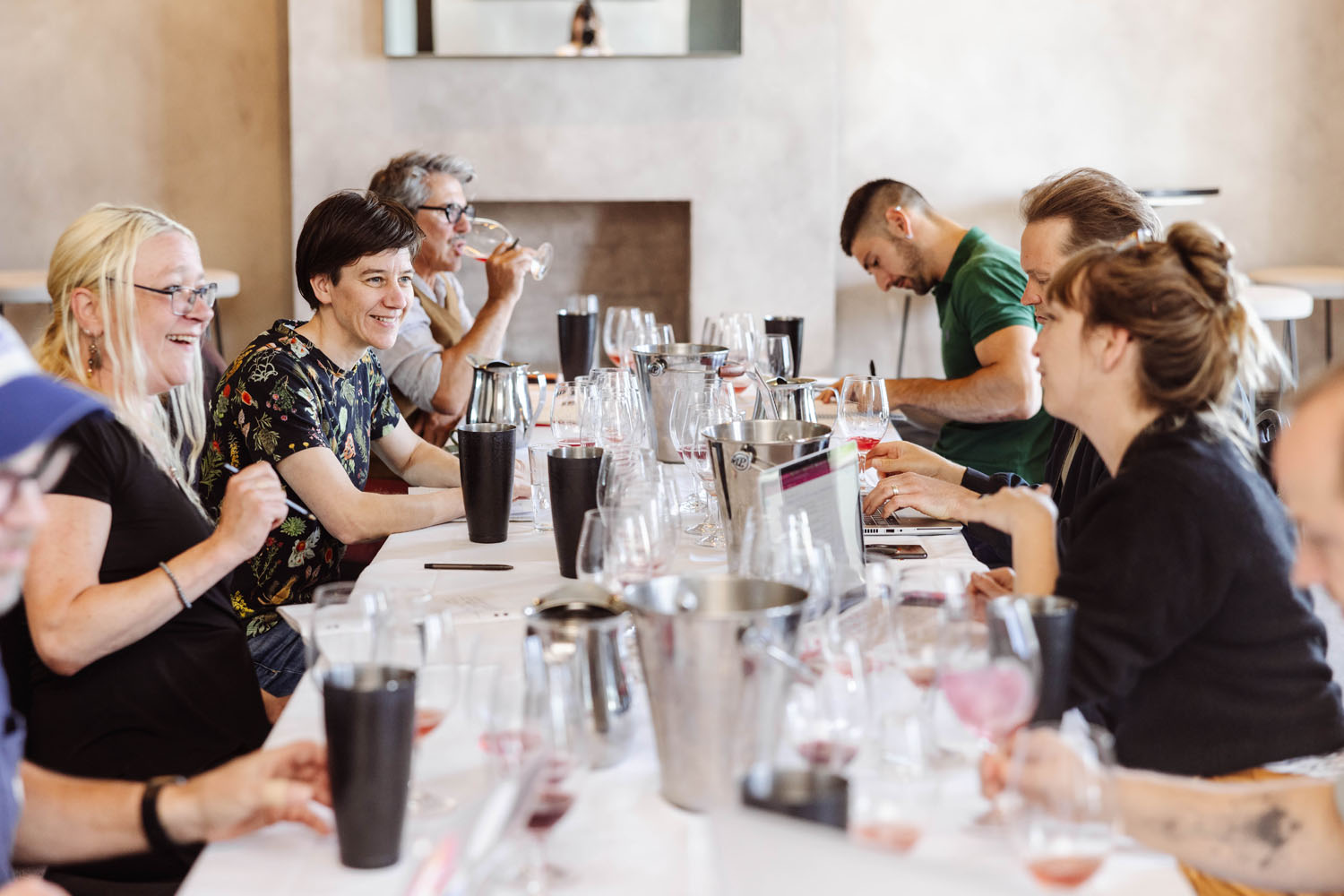
“Pét-nats have been great for the Australian wine scene,” says AJ Hoadley of Western Australia’s La Violetta, “to help shake off some of the fusspot baggage of our inherited vino culture with the dominant squeaky clean paranoid winemaking paradigm. …Things seemed to go over the top, though, with a tidal wave of dilettantish, carelessly made rando cash-in shit-nats hitting the market and putting a lot of people off the entire genre.”
The terms pétillant naturel (naturally sparkling) and methode ancestrale are interchangeable, referring to the original method of sparkling wine production. This is achieved by bottling wine that has a small amount of the alcoholic ferment to complete. Carbon dioxide is a by-product of this fermentation; so, once the ferment has expired, you will have a fizzy wine, which may be dry or slightly off dry if the yeast expires before the sugar is consumed.
John Harris of Mitchell Harris wines is somewhat of a sparkling wine specialist, though in the traditional method (á la Champagne). He is also a respected wine show judge and co-owns the iconic Ballarat wine bar under the Mitchell Harris banner. “Ten years ago, when we’d recently opened our bar, a feeling of dread would sweep through me when a winemaker would proudly announce they have a pét-nat,” he says. “It would often be followed by an awkward pause while they cautiously opened the bottle over the sink, and we watched as a quarter of the contents gushed over the next five minutes.”
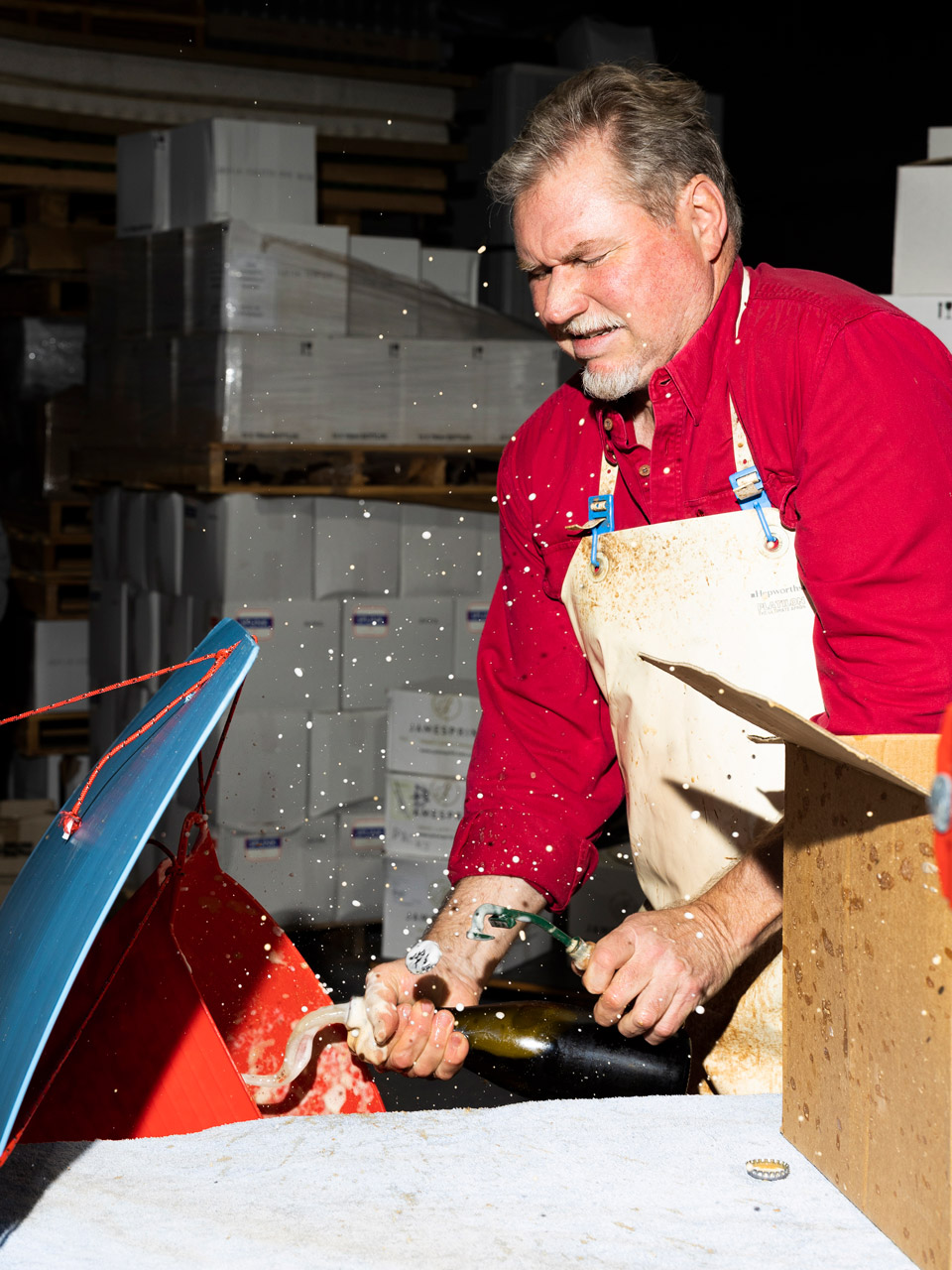
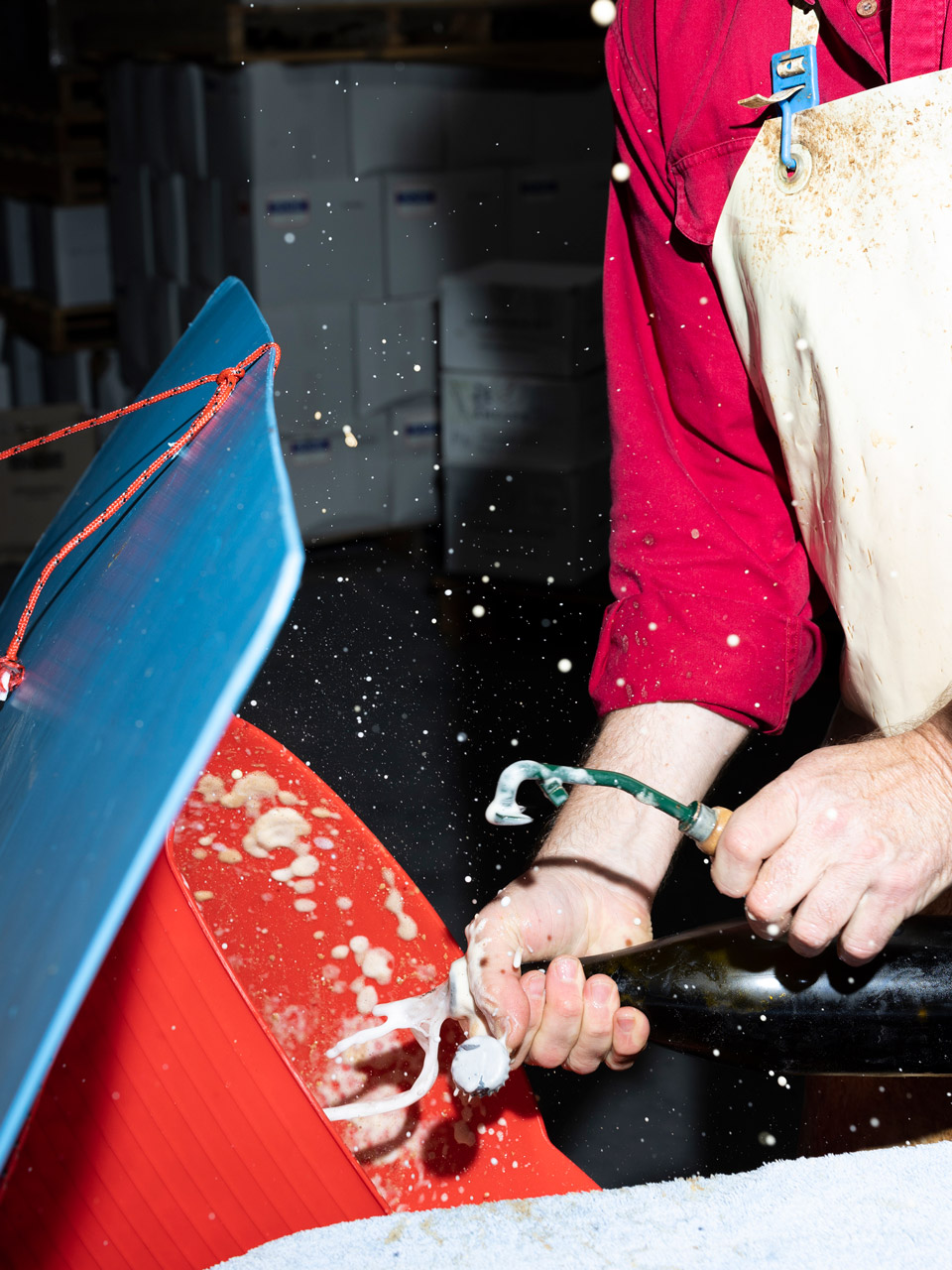
“Pét-nats have been great for the Australian wine scene to help shake off some of the fusspot baggage of our inherited vino culture with the dominant squeaky clean paranoid winemaking paradigm. …Things seemed to go over the top, though, with a tidal wave of dilettantish, carelessly made rando cash-in shit-nats hitting the market and putting a lot of people off the entire genre.”
The complexities come in both when bottling and after. Put the wine to bottle with too much sugar, and the fizz may be too much. But wines generally gush for other reasons, with tartrate crystals (natural deposits that form when a wine is chilled enough) and lees sediment creating nucleation points for the carbon dioxide to be released from the wine – like with the score mark in Champagne glasses to provide a line of bubbles, but amplified to an extreme.
Gilles Lapalus of Bertrand Bespoke and Maison Lapalus made one of the first recognised modern Australian ancestral method wines in 2011 while he was the winemaker at Sutton Grange. “If the wine is made using the ancestral method, disgorgement is probably a good idea, as it is difficult to control the level of lees at bottling. Not disgorging or leaving too much sediment or tartrate crystals is the best way to end up with more gushing when opening the bottle.”
Disgorging (the process of removing the sediment by collecting it in the neck of the bottle and expelling it before topping and resealing) is seen by some as a perversion of the spirit of the style, but wines do not need to be completely clarified, retaining the style and ensuring stability. “Some people seem to think this compromises the nattiness somehow,” says Hoadley. “Personally, I think removing sediment through disgorging is one of the most basic, ‘natural’ interventions you can make.”
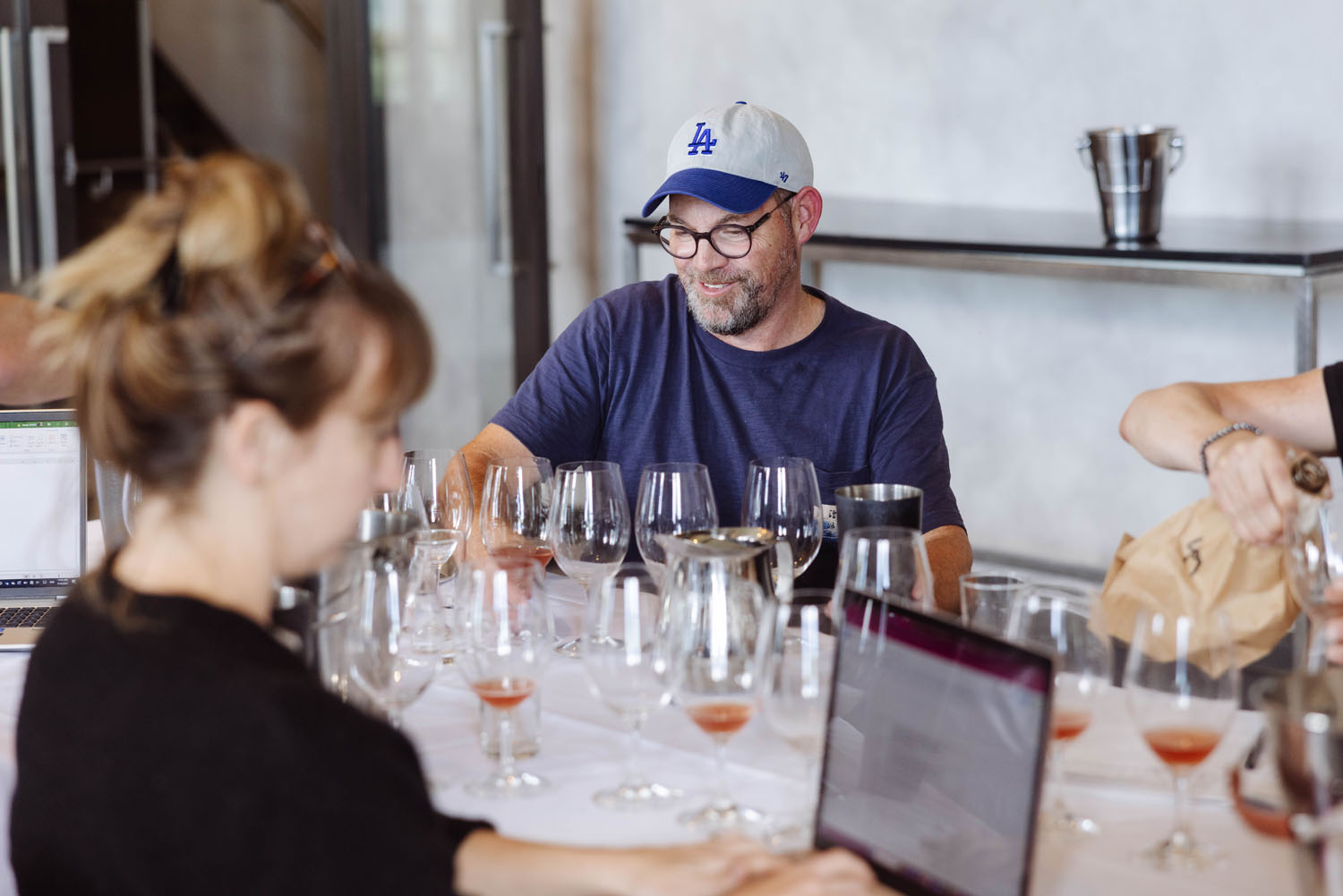
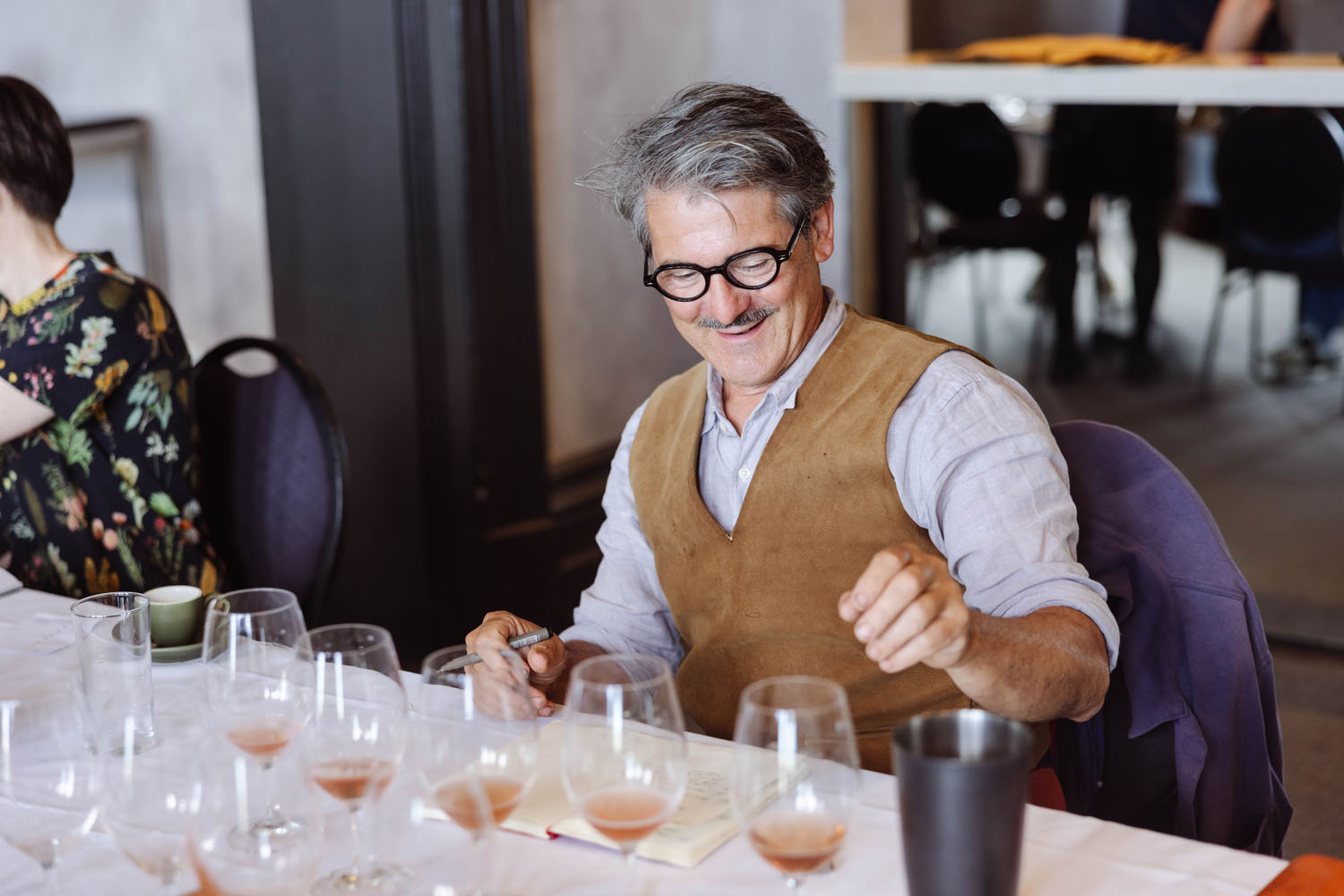
When Hoadley first made a La Violetta pét-nat, in 2014, intervention was necessary to ensure the product was fit for sale. “There were these great long tartrate shards, like tequila worms in every bottle!” he says. “They looked quite beautiful but not ideal for opening, so we had to disgorge. …We work on what we can control: racking to reduce sediment and dissolved CO2, a long ferment in a cool cellar for some tartrates to drop out. We test a lot of bottles at ‘fridge-door temperature’ out on the patio. If anything is gushy, it will have to be disgorged.”
Hoadley makes a dizzying number of wines for a small producer, all carefully considered and both a product of a fertile imagination and a high level of classic technical skill. His pét-nat range alone now extends to about half a dozen bottlings. “We have learned a lot over the past nearly ten years of making pét-nats, and certainly worked out some technical improvements,” he says, but notes that the principle applied to his still wines is just as relevant to his pét-nats, with the fruit quality non-negotiable.
“For example, the vineyard that goes into ‘Patio Nat’,” he says. “It’s moscato, yes, in a fresh, potentially frivolous drink-in-the-sunshine style, but the vineyard it comes from is a really special block in the hills near Gnomesville, in the Ferguson Valley. It’s nothing like other moscato in the region, in that the altitude gives us a great line of natural acidity and delicacy of aromatics that’s perfect for pét-nat. That wine could only come from that vineyard!”
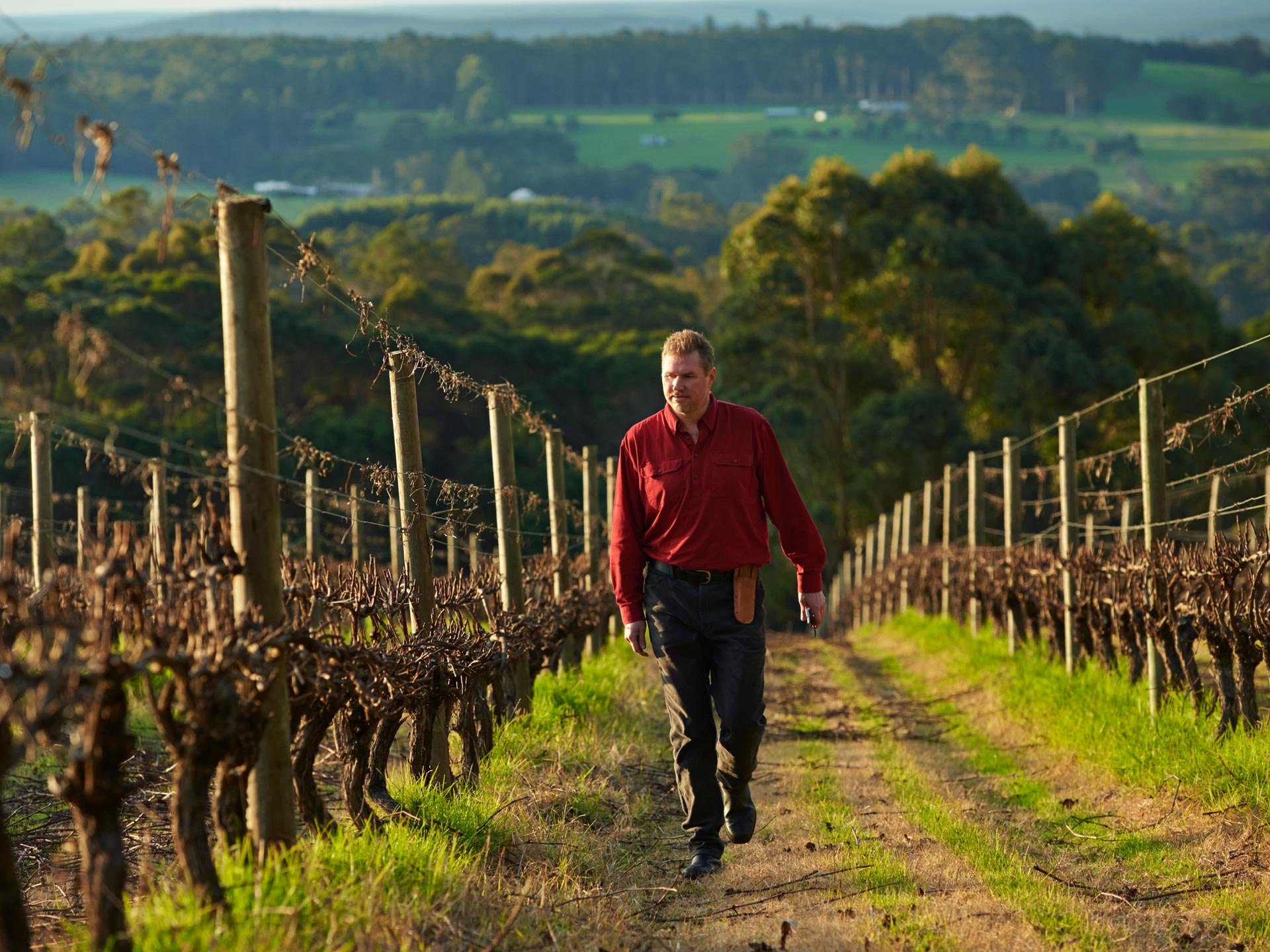
Harris believes not just that good fruit naturally enhances the wines, but that the style puts fruit deficiencies under the microscope. “Wines made as an afterthought, often as a means to find a home for under-ripe or poor quality fruit do not respond well to the pét-nat treatment,” he says. “Like in most sparkling wines, faults are usually amplified by the bubbles.”
That primacy of fruit is something that Gilles Lapalus echoes, but with that foundation, the possibilities are limitless. “As to all wines, the wine starts with the grapes,” he says. “You need good-quality fruit, but variety is not key. Even a low acid variety can work, as the carbon dioxide level in the wine can balance the lack of acid. An aromatic variety will have a strong influence on the final wine, but again could be balanced by time on lees or other winemaking techniques, like a more reductive approach.”
Hoadley believes that the potential for advancements in the genre are many. “This is one thing I love about pét-nats: you can take them wherever you want to. Something we’re working towards now is more lees aging before release,” he says, with one current release having seen 20 months ageing on lees – eight months longer than the minimum for Champagne. He’s also ageing a pét-nat from one of the oldest vineyards in the Great Southern. “It’s looking so delicious right now, but we’re going to sit on it for a few years – see if we can’t make some fine-ass sekt. Hopefully people will still be drinking pét-nats when it eventually gets released!”
Many of those lessons are already showing at the coalface, and from multiple producers, with the quality of pét-nats being produced having advanced considerably over Harris’s decade-long survey at his wine bar. “The pét-nat scene has matured, and the number of offerings and the quality of the winemaking has increased exponentially. The best wines – made with purpose and attention to detail – are incredibly enjoyable and diverse in style. We’ve come a long way, baby!”

John Harris is the co-owner and winemaker for Mitchell Harris Wines and their much-loved, award-winning Ballarat wine bar and event space that also acts as an urban cellar door. Prior to launching the label in 2013, Harris spent over 15 years working in wine retail as well as boutique and multinational winemaking businesses both here and abroad, including eight years as the sparkling winemaker at Domaine Chandon. Harris has been an active wine show judge for nearly 20 years, judging at numerous regional and capital city wine shows. He also consults to small to medium wineries and local hospitality venues.
Hannah Maltby has worked for Mac Forbes since 2017, initially as a cellarhand and assistant winemaker, and as winemaker since 2019. Originally from Perth, she moved to Melbourne to pursue a “misguided” career in biochemistry. She discovered a love for wine while researching smoke taint in Mildura, then moved to the Yarra in 2016 to work vintage at Giant Steps. She has also completed a couple of vintages in the Mosel. Maltby has completed the AWRI’s Advanced Wine Assessment Course, judges at wine shows, moonlights as a contract winemaker and is “deeply driven to develop and improve sustainability initiatives in our production space”.
Angela Strickland has been working in the hospitality industry for 25 years, starting her career in Hobart before moving to Melbourne in 1999. With experiences gained at some of Melbourne’s most respected Wine Bars, Walters Wine Bar and Punch Lane, she later moved into retail during the heyday of Randall the Wine Merchant in Albert Park. Strickland opened here own store, Independent Wine Store, a decade ago in Rye, Mornington peninsula. Recently she opened Banksia Wine Room in McCrae as a co-owner.
Xavier Vigier is the Wine Buyer/Advisor/Head Sommelier for Mr Claremont, which was founded in 2022. Prior, he was the Head Sommelier for Ten Minutes by Tractor for three years. He has worked for French wine specialist Clos Cachet, for Merivale at Sydney’s Felix Bistro & Bar, Catalina, Bentley Restaurant & Bar, Monopole and Ormeggio at the Spit. Vigier has completed the AWRI Wine Assessment Course and is a WSET Diploma holder.
Abby Moret has been working in the retail wine industry since she was 18, including working in London for Majestic Wine, gaining her WSET Level 3 Certificate while there. She was the Promotional Manager of Vintage Cellars, before moving into buying and product development for the national chains. After gaining her WSET Diploma, Abby founded Atlas Vinifera in 2017, an independent, boutique wine bar and wine store in Richmond that specialises in small-batch, interesting, hand-crafted and cult wines from all over the world.
Gilles Lapalus is originally from Burgundy, and the third generation of his family to be involved with wine. He studied oenology in Dijon. Lapalus moved to Australia in 2001 to help establish the Sutton Grange Winery, near Castlemaine. After leaving Sutton Grange in 2015, he started his own labels, Maison Lapalus, and Bertrand Bespoke. In 2011, Lapalus had begun to experiment with native botanicals, which led to the founding of Maidenii with Shaun Byrne. Theirs was the first vermouth to employ Australian botanicals. He also co-authored ‘The Book of Vermouth’ in 2018 (Hardie Grant).
Andrea Infimo grew up in Naples, coming to Australia as an environmental science graduate in 2013. He began working at Movida Sydney on what was meant to be a sabbatical year, but there he fell in love with wine. After Movida, he worked at Sydney’s iconic 121 BC wine bar, then under Annette Lacey MW for the Lotus Group. A move to Melbourne saw Infimo reconnect with Movida in 2018, where he is the Group Beverage Operations Manager, as well as the Head Sommelier for the original restaurant. Infimo completed his WSET Diploma in August 2022.
Tom Kline is an award-winning wine writer, reviewer, presenter, and educator. Having grown up in Victoria’s King Valley with a wine educator father, Tom caught the wine bug early. He began his career in the world of importing and distribution, culminating in a role as the Victorian State Sales Manager for leading fine wine importer Bibendum Wine Co. He then went on to manage Australia’s east coast as Market Development Manager for esteemed Margaret River producer Voyager Estate. A prolific and passionate wine communicator, Tom is a WSET educator and a contributor to the likes of Decanter Magazine, Halliday Magazine and Selector Magazine, as well as various other publications in Australia and abroad.
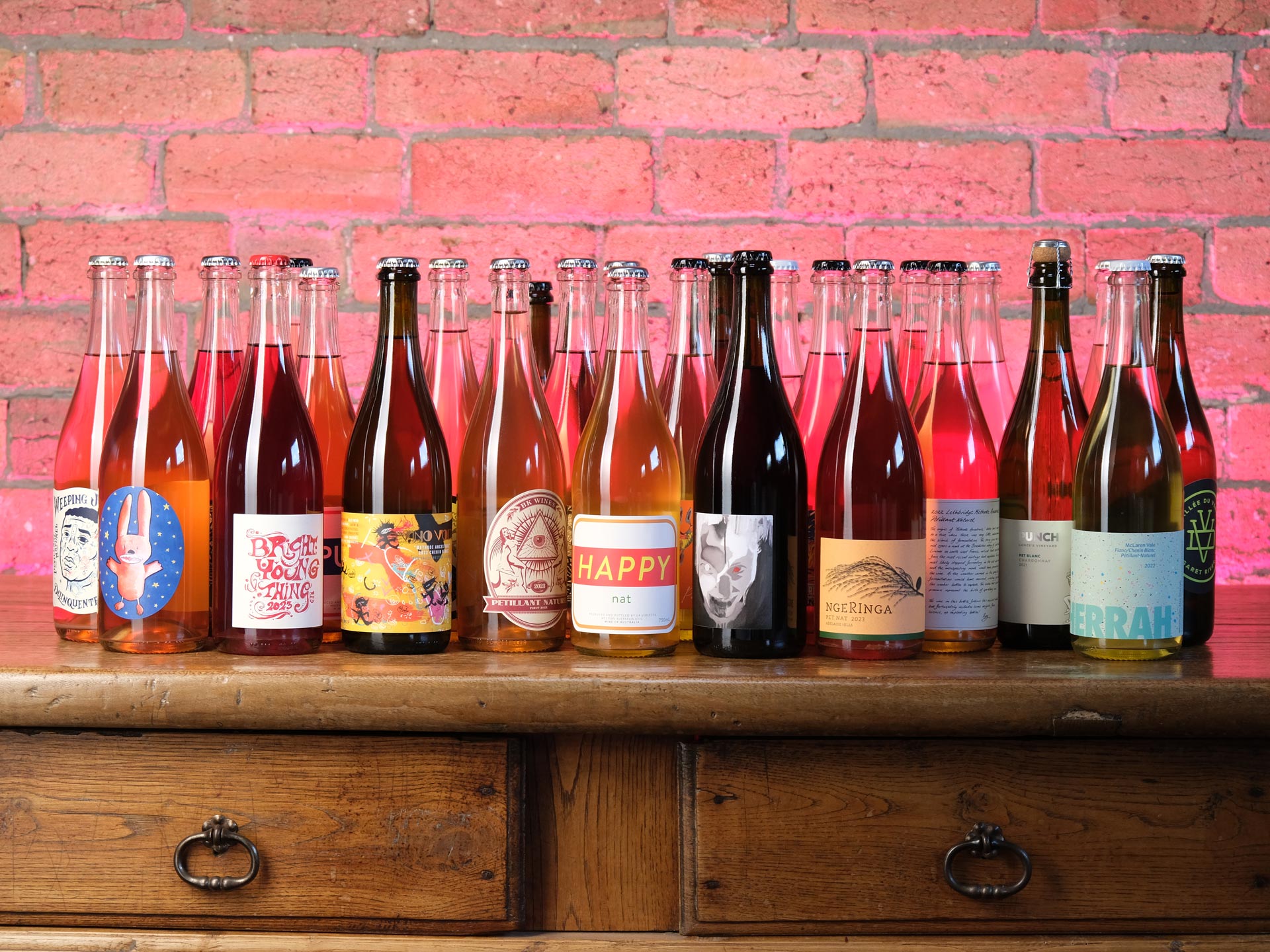
Please sign in or create account as candidate to bookmark this job
Please sign in or create account to save this search

Please sign in or create account as candidate to create a resume
